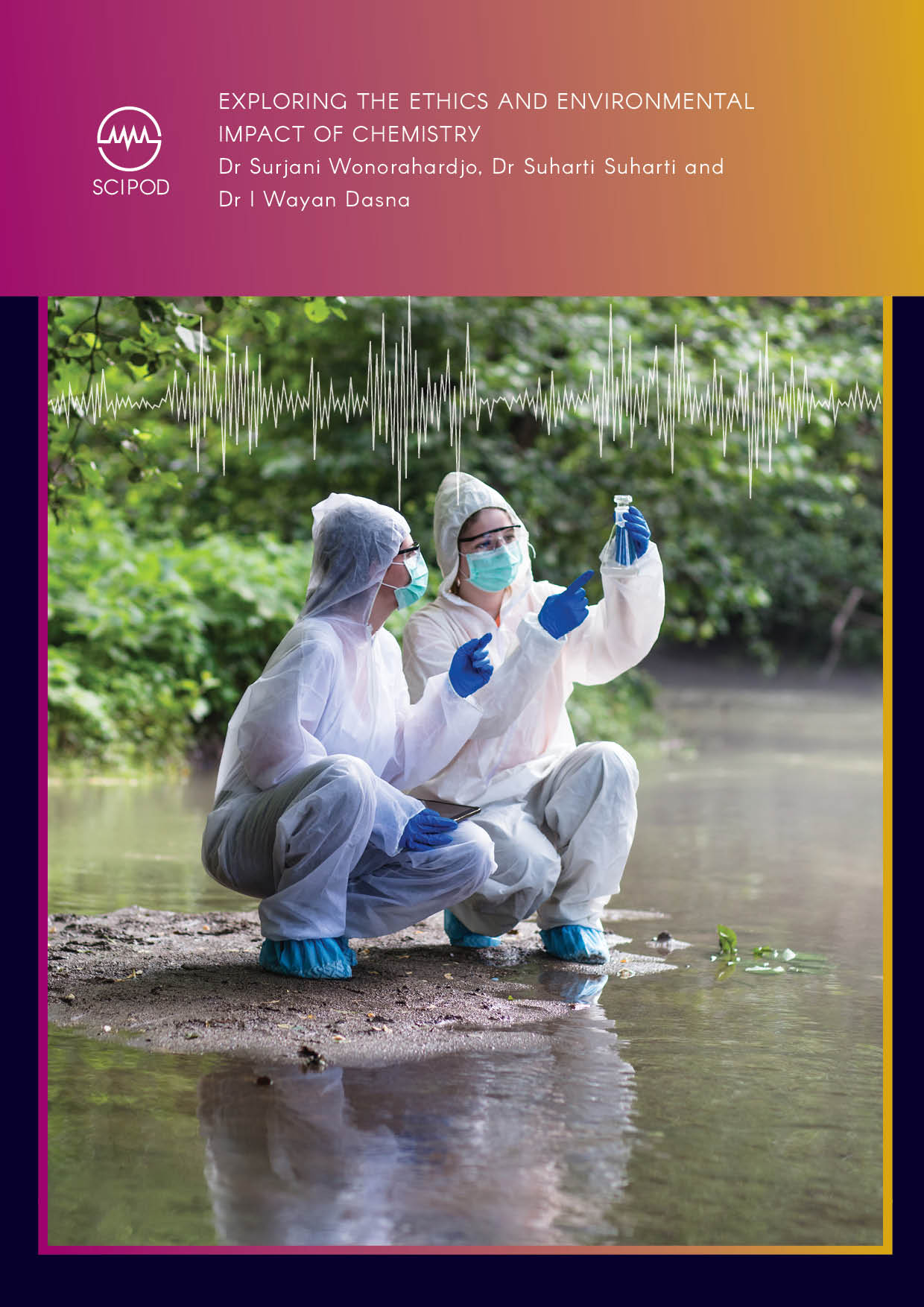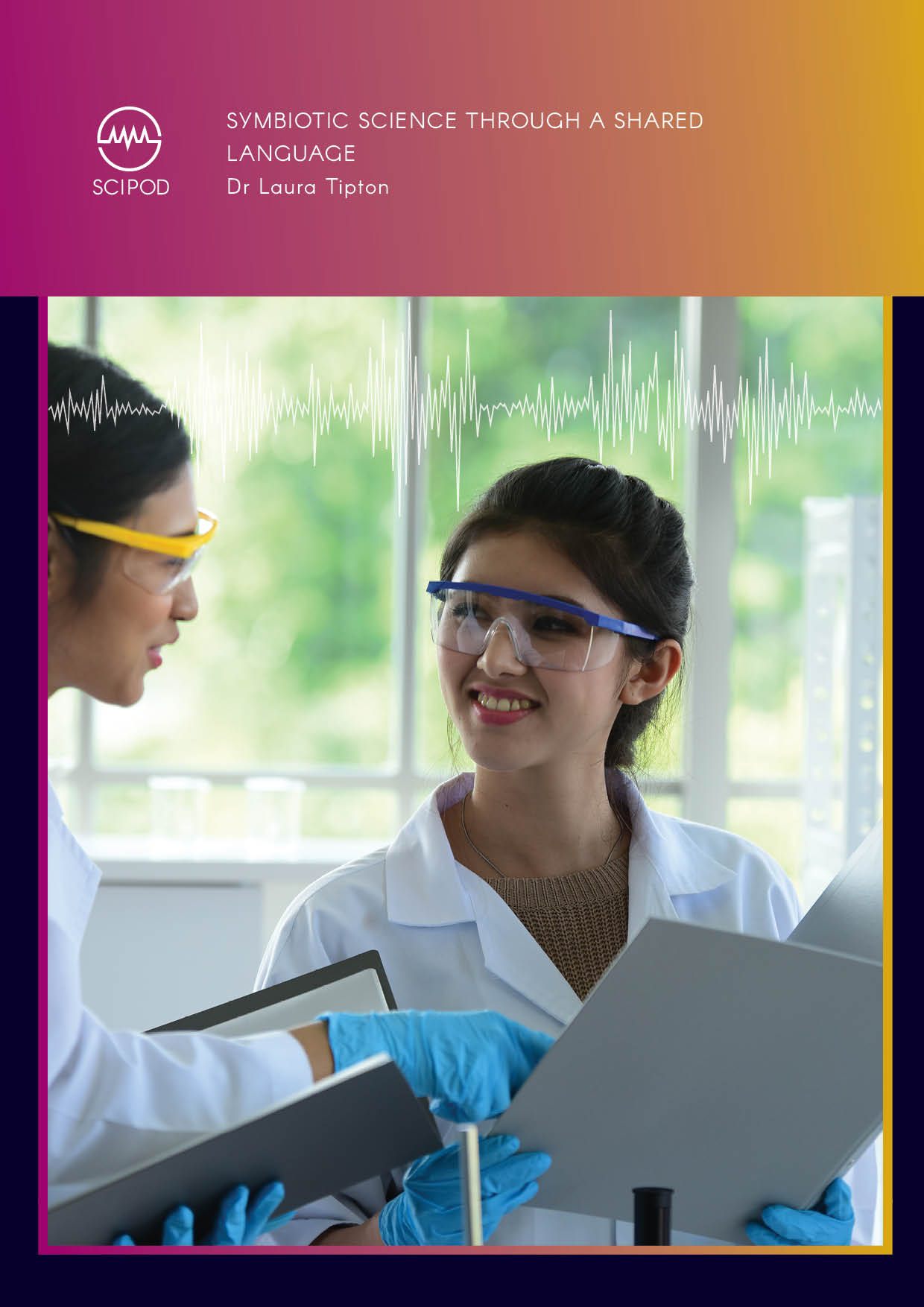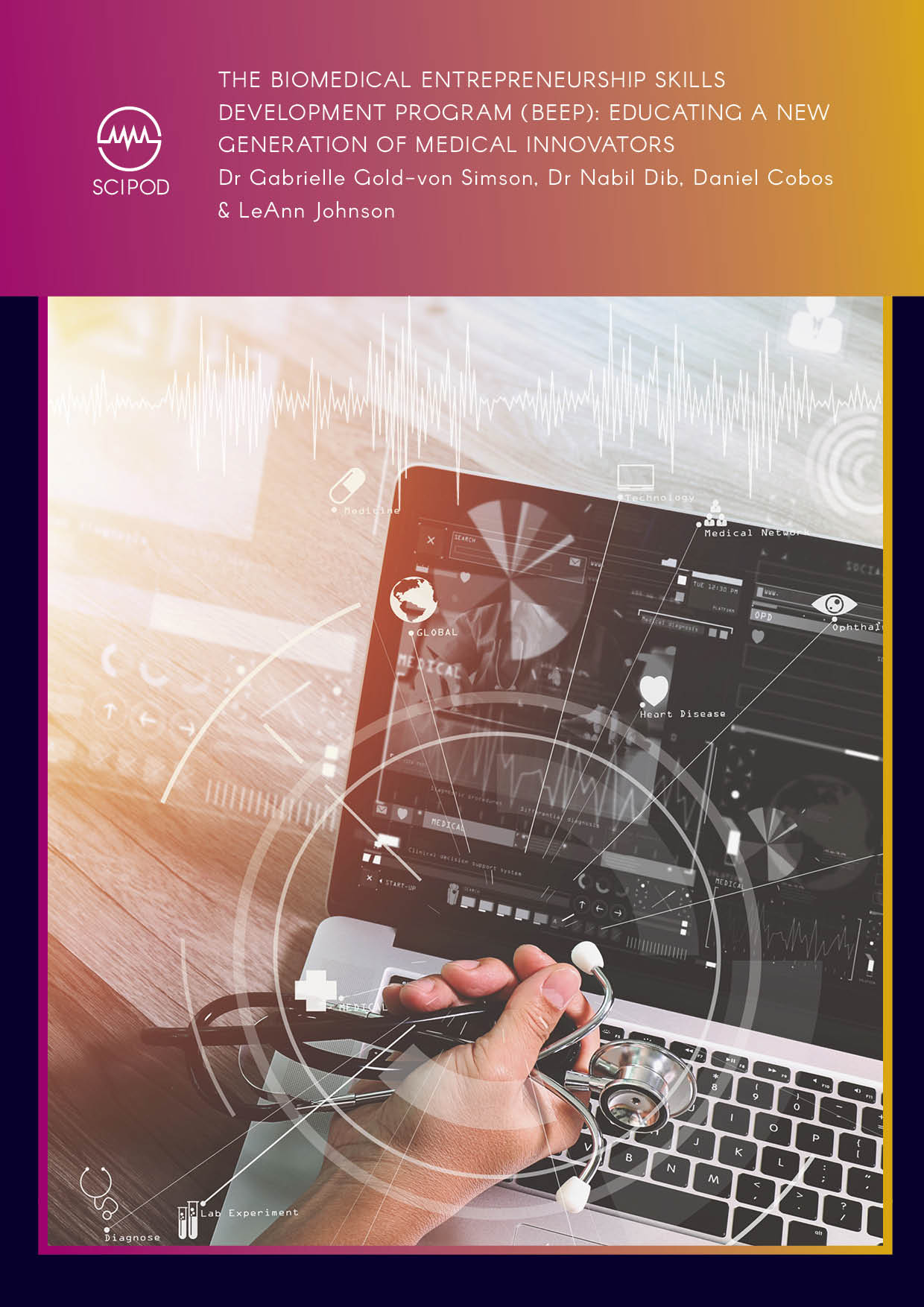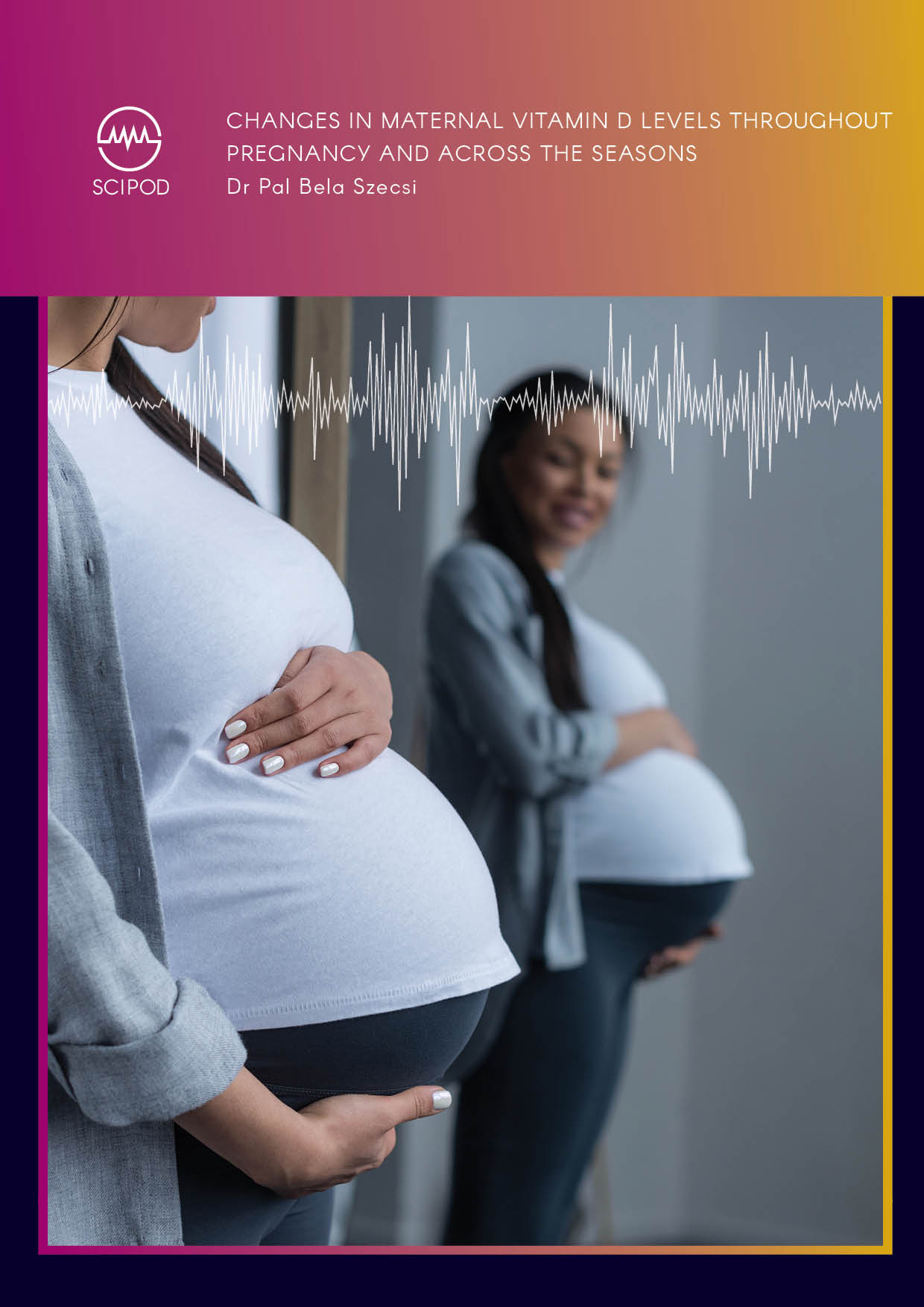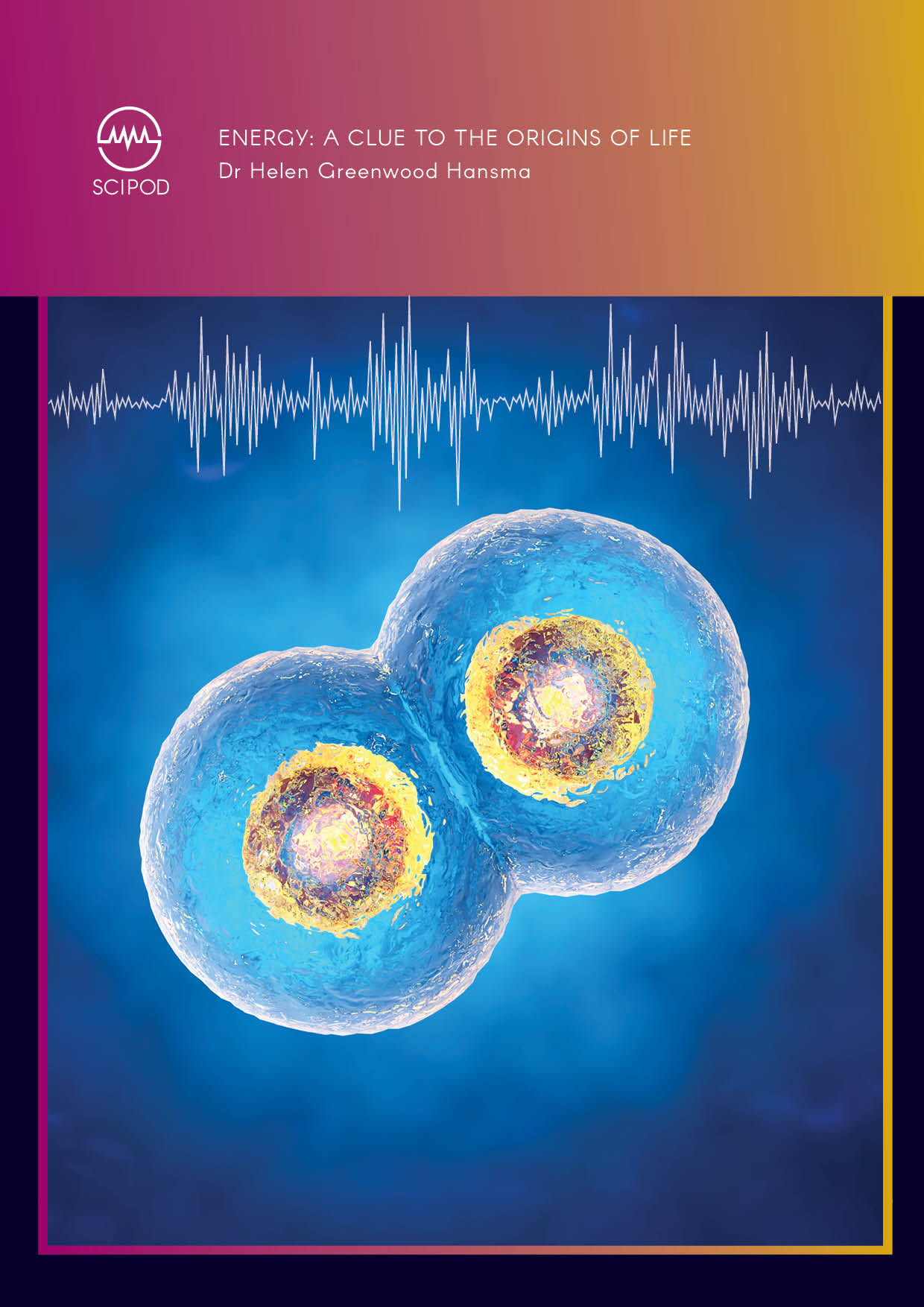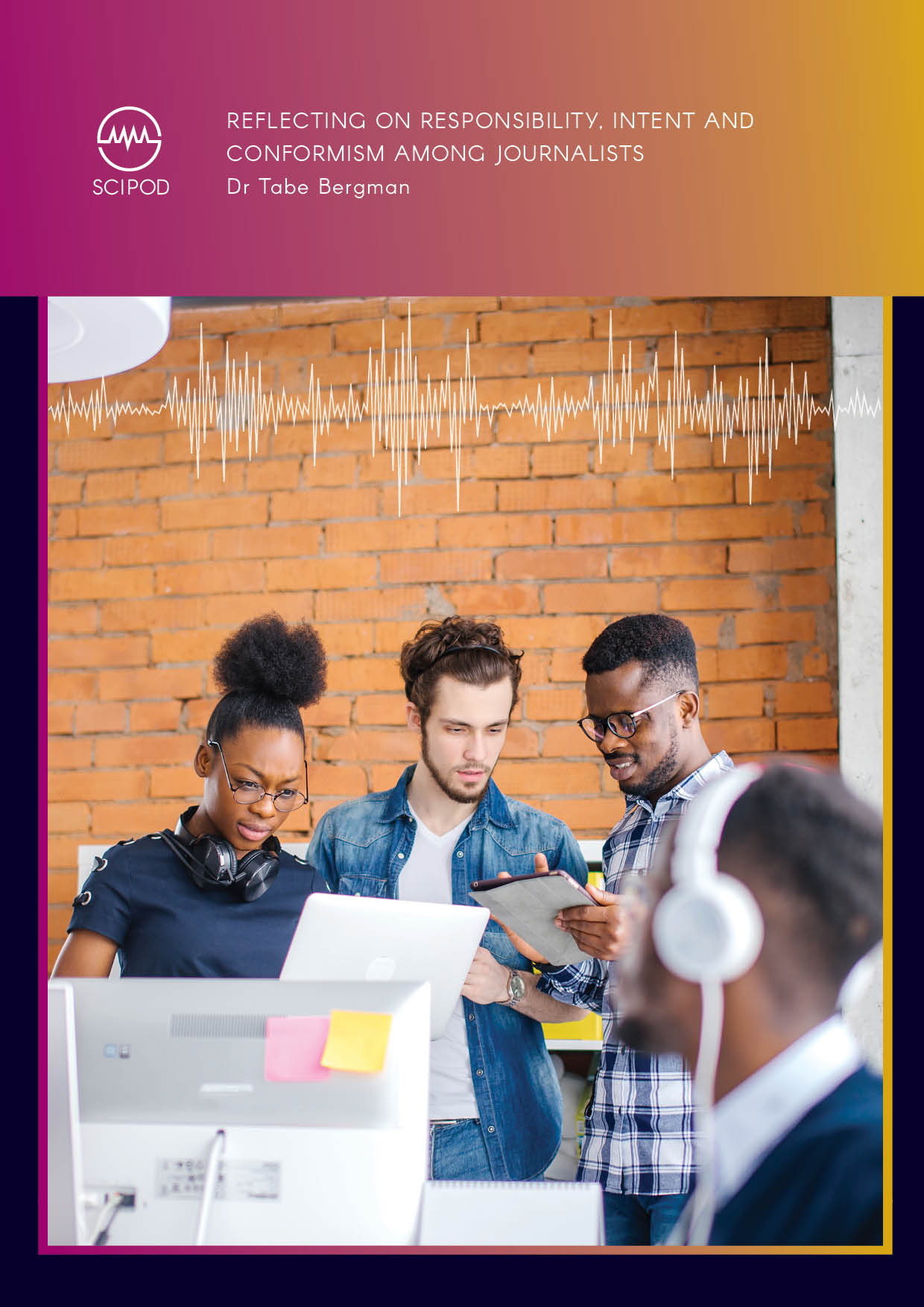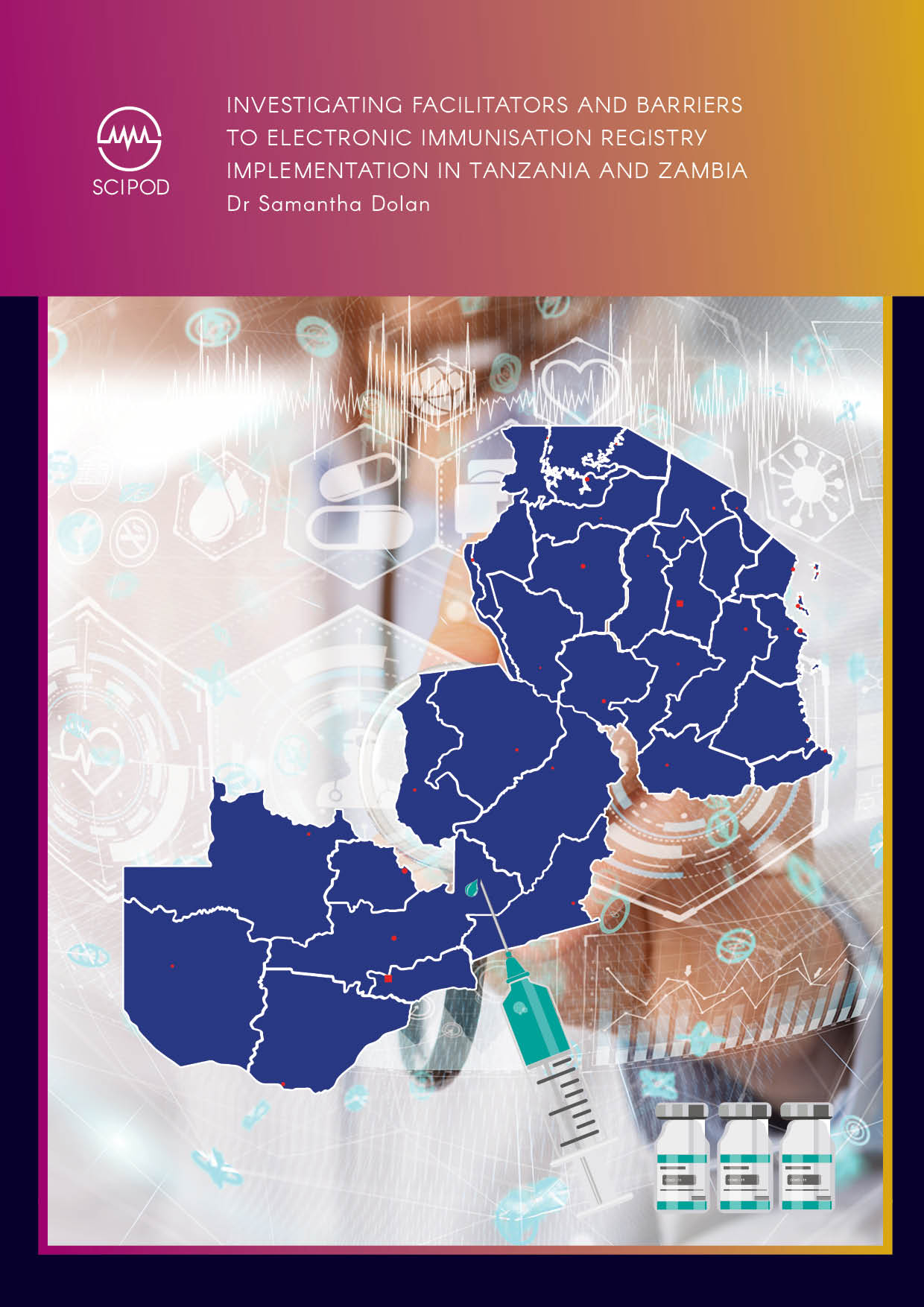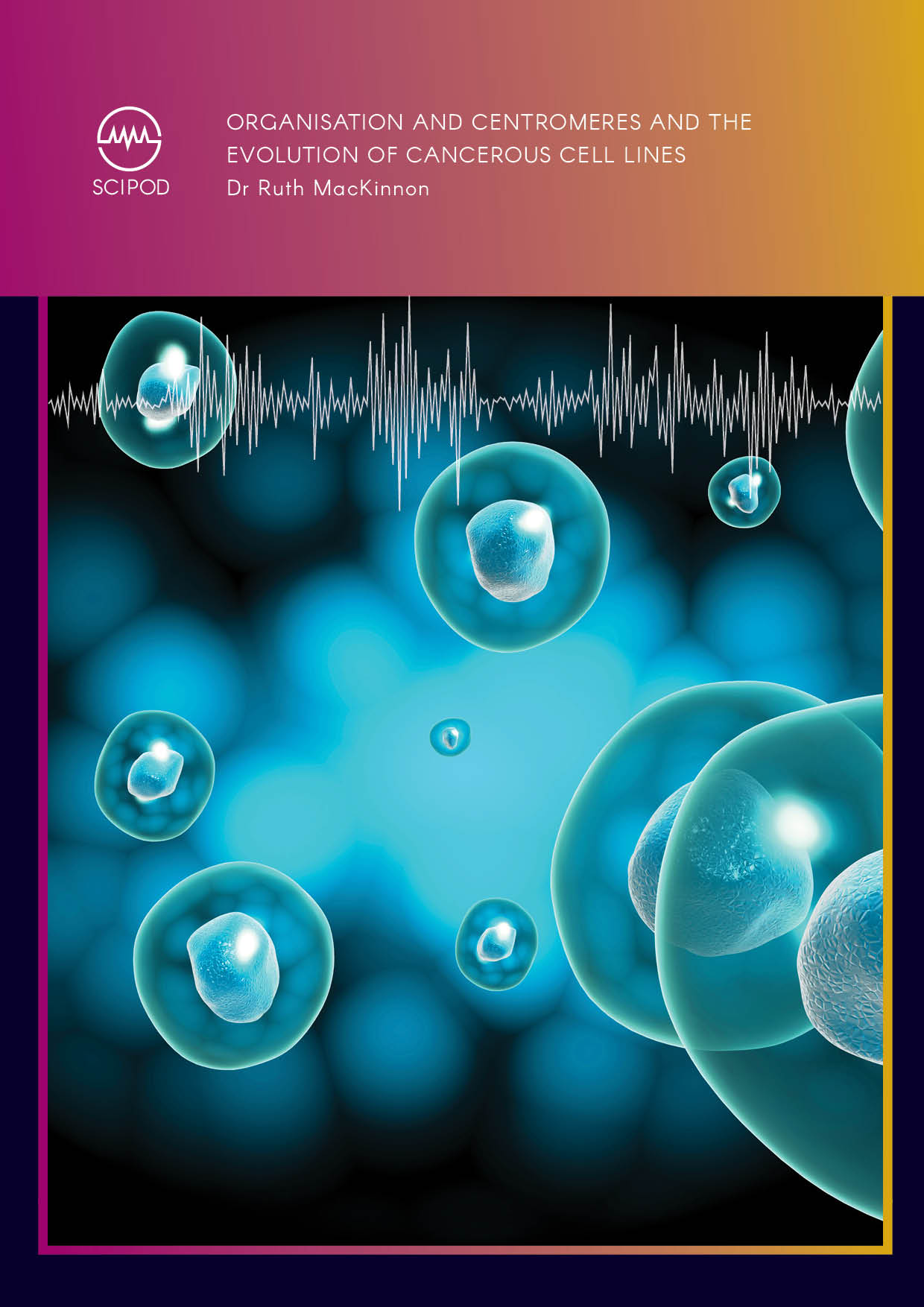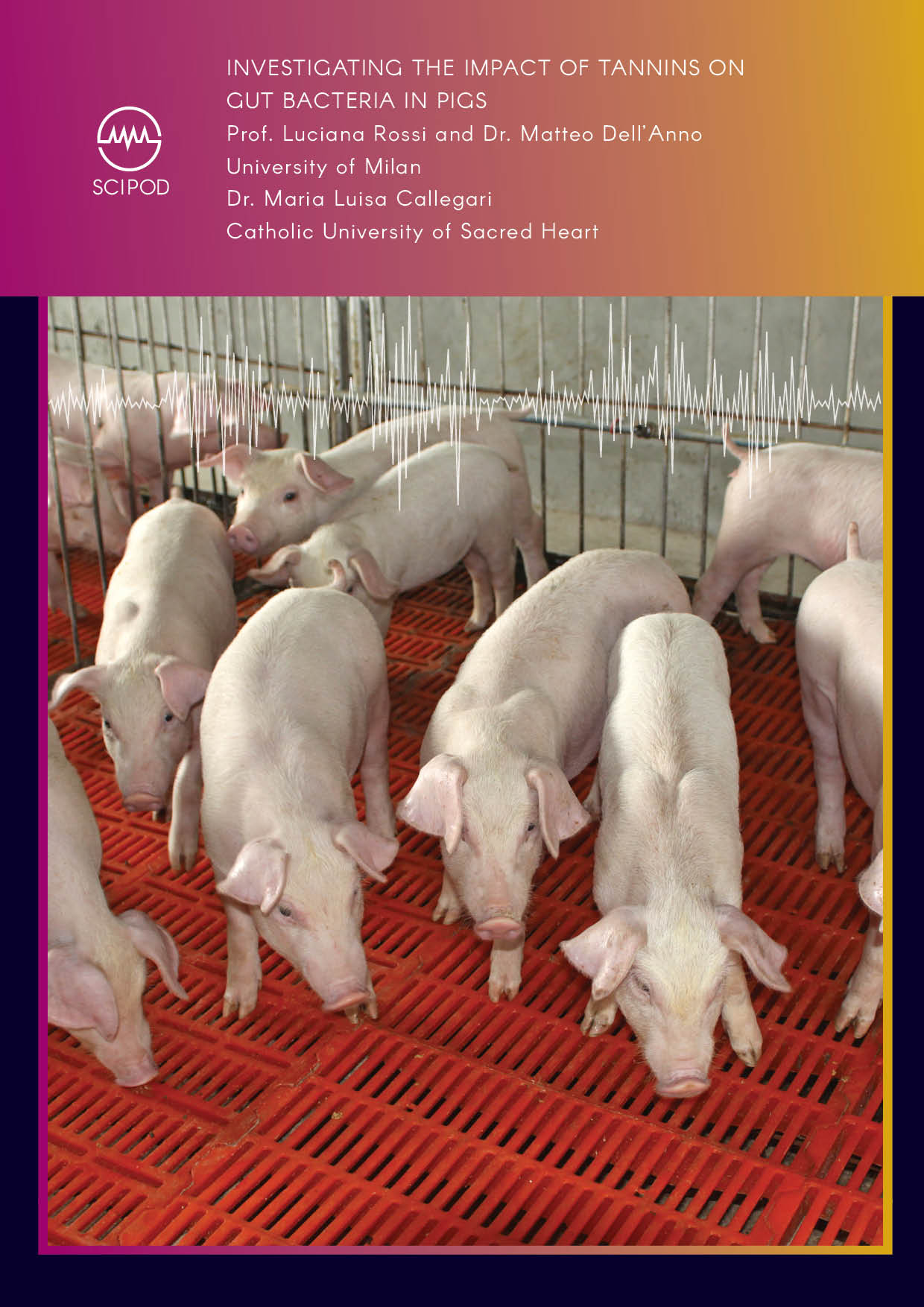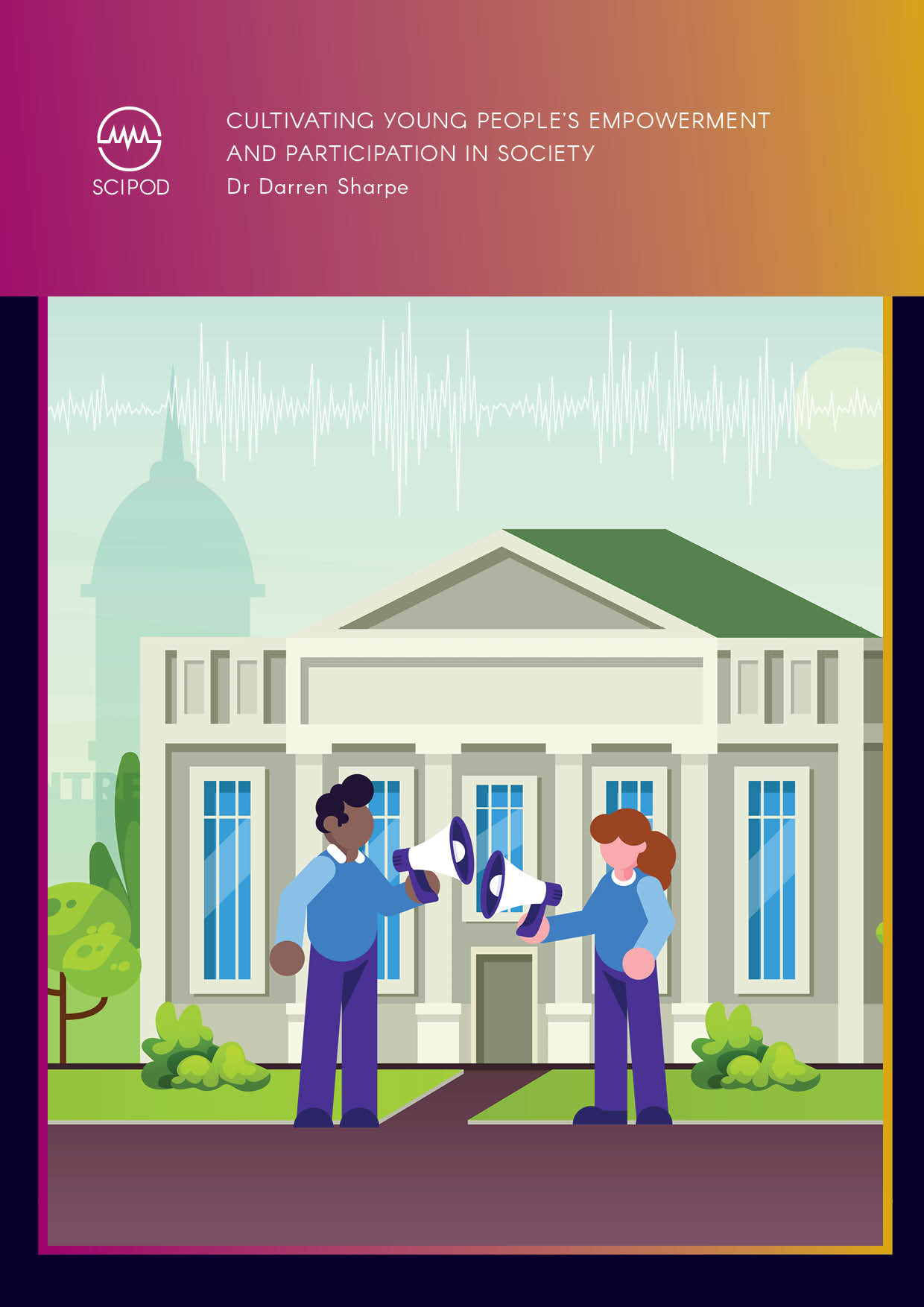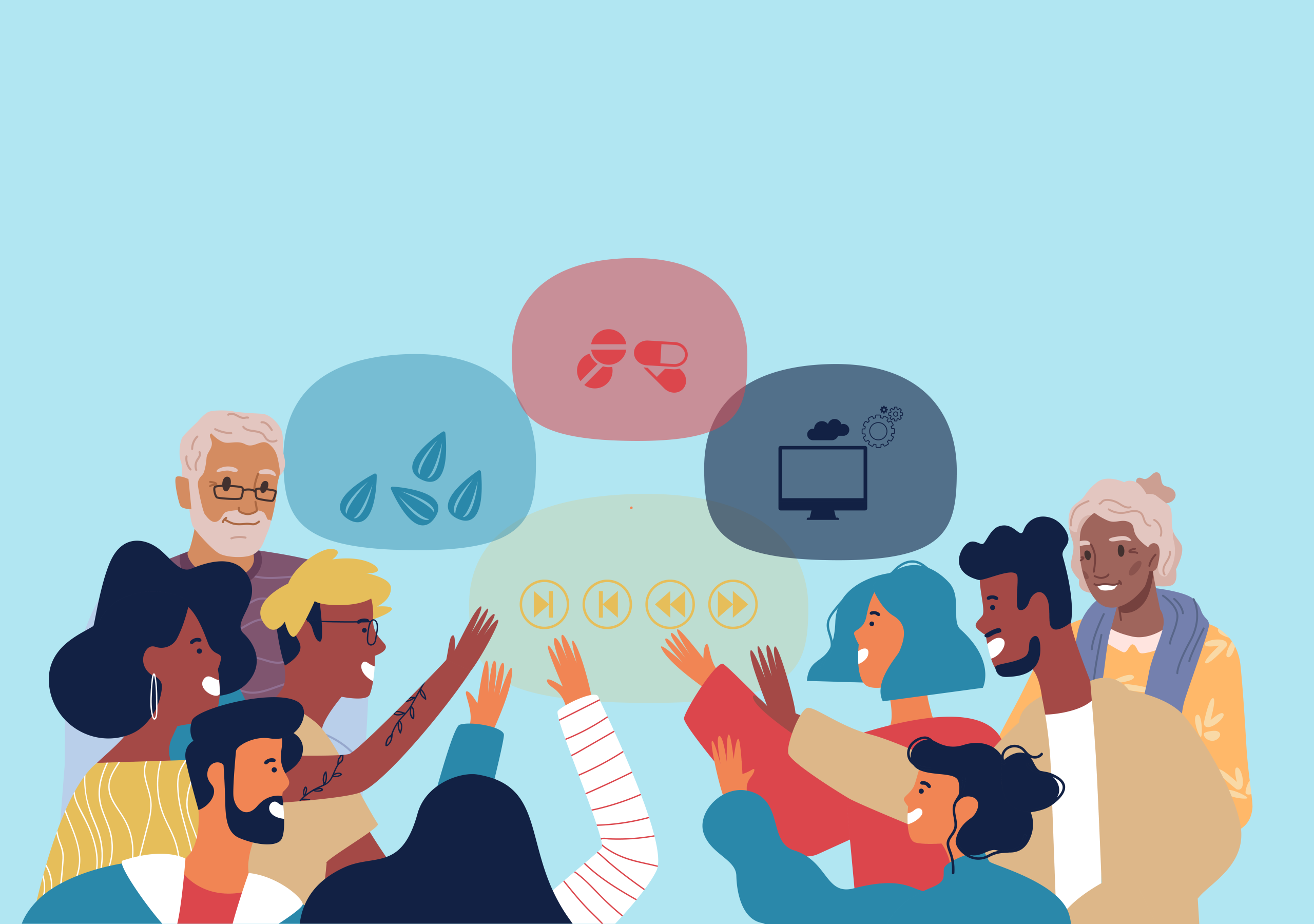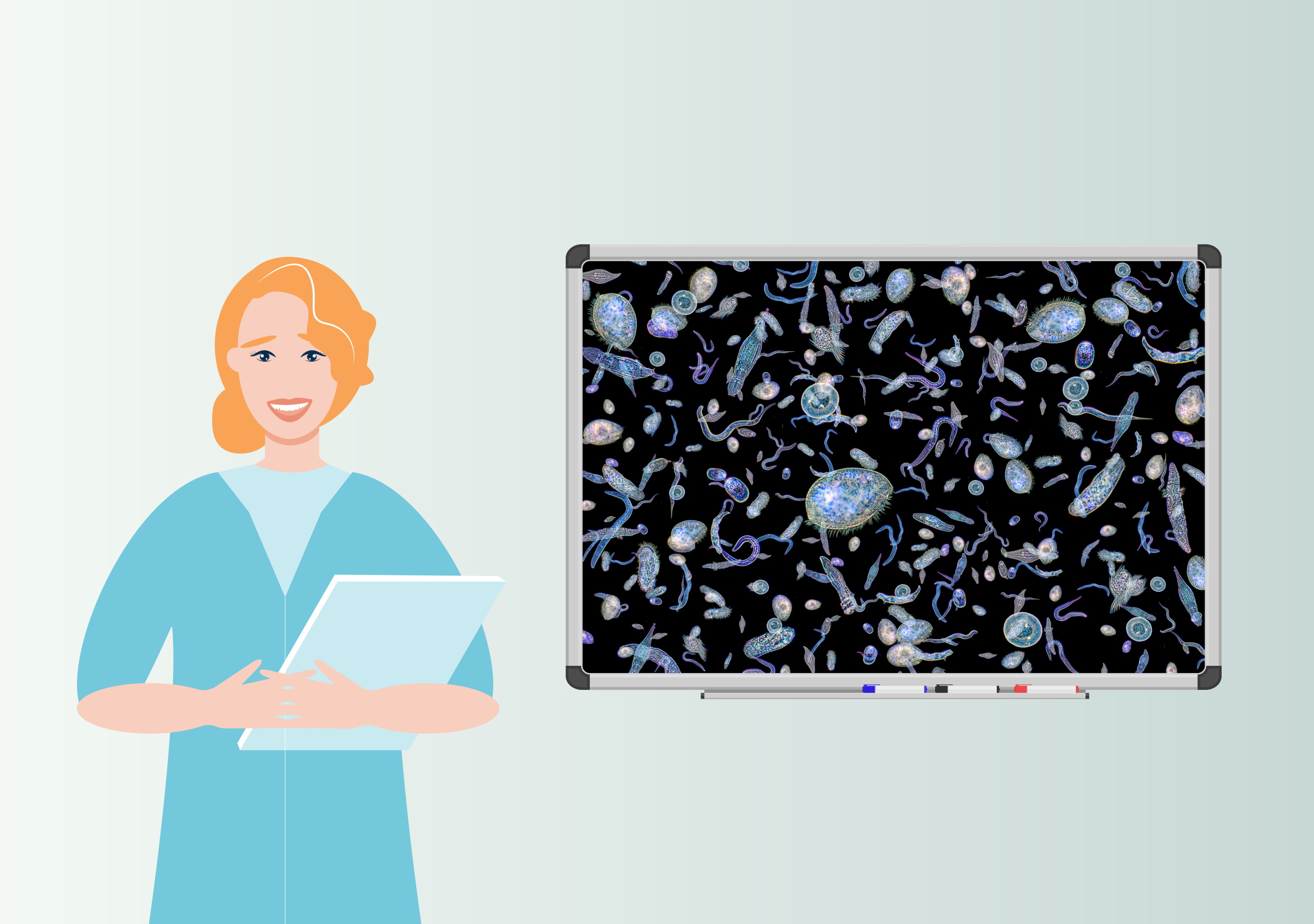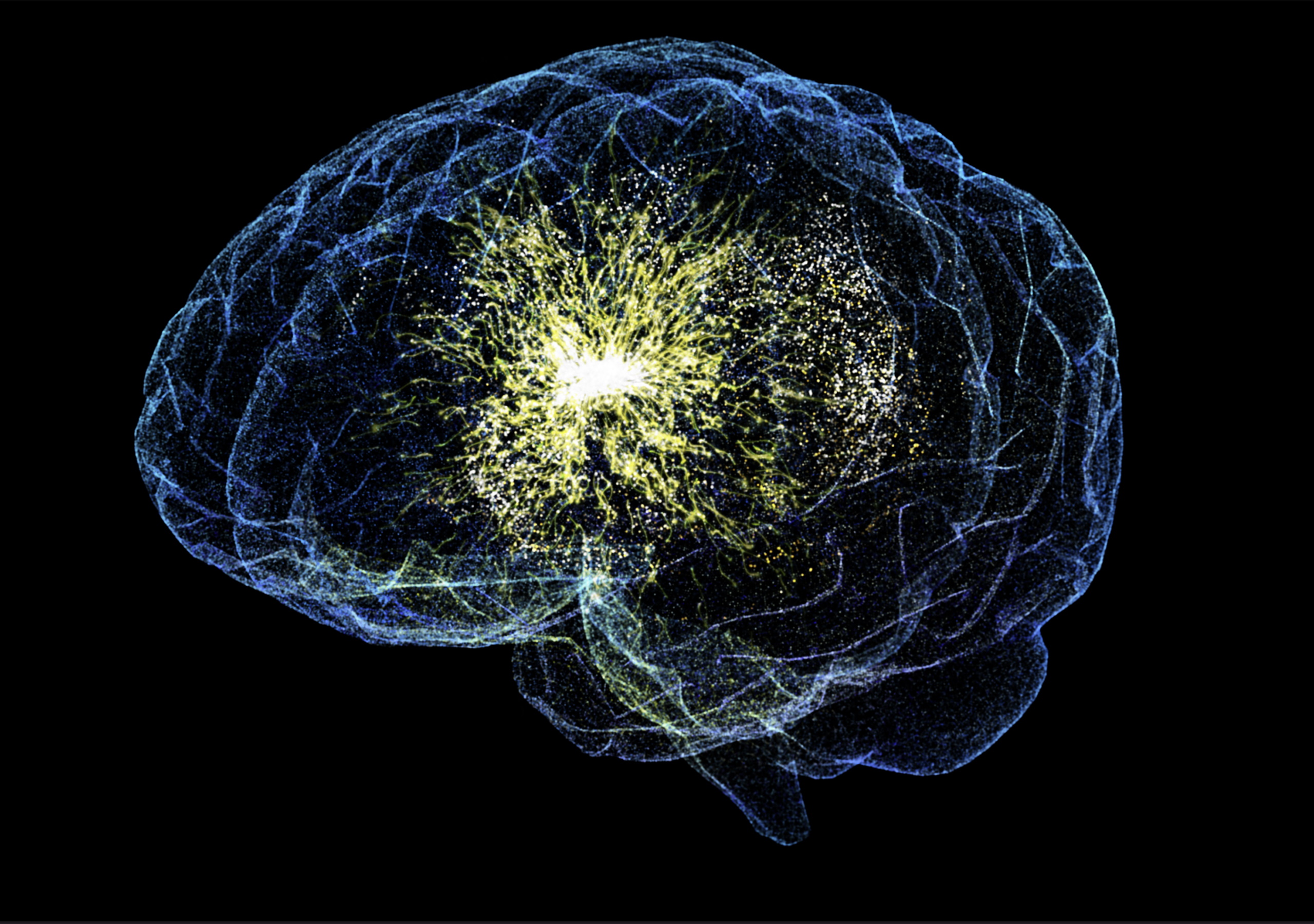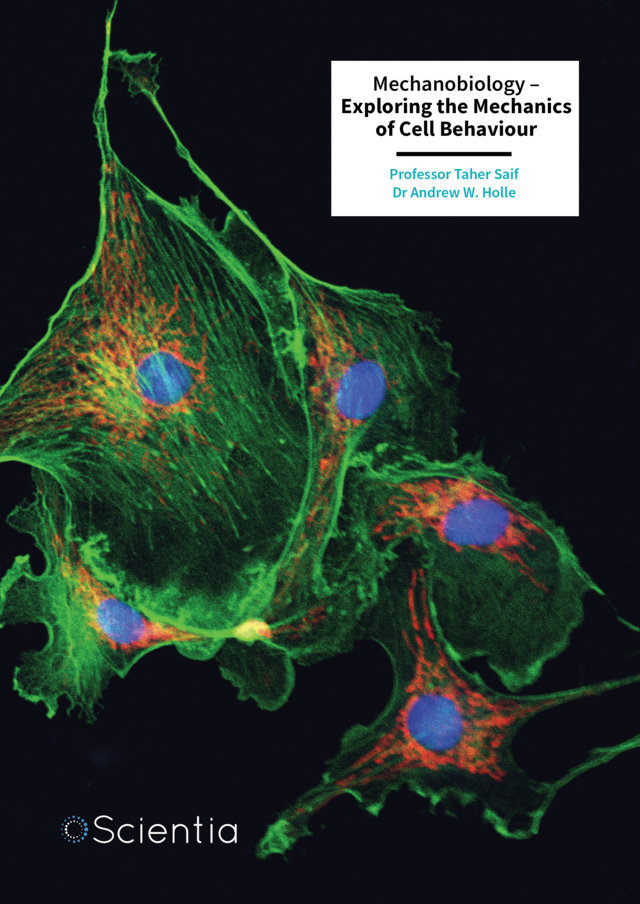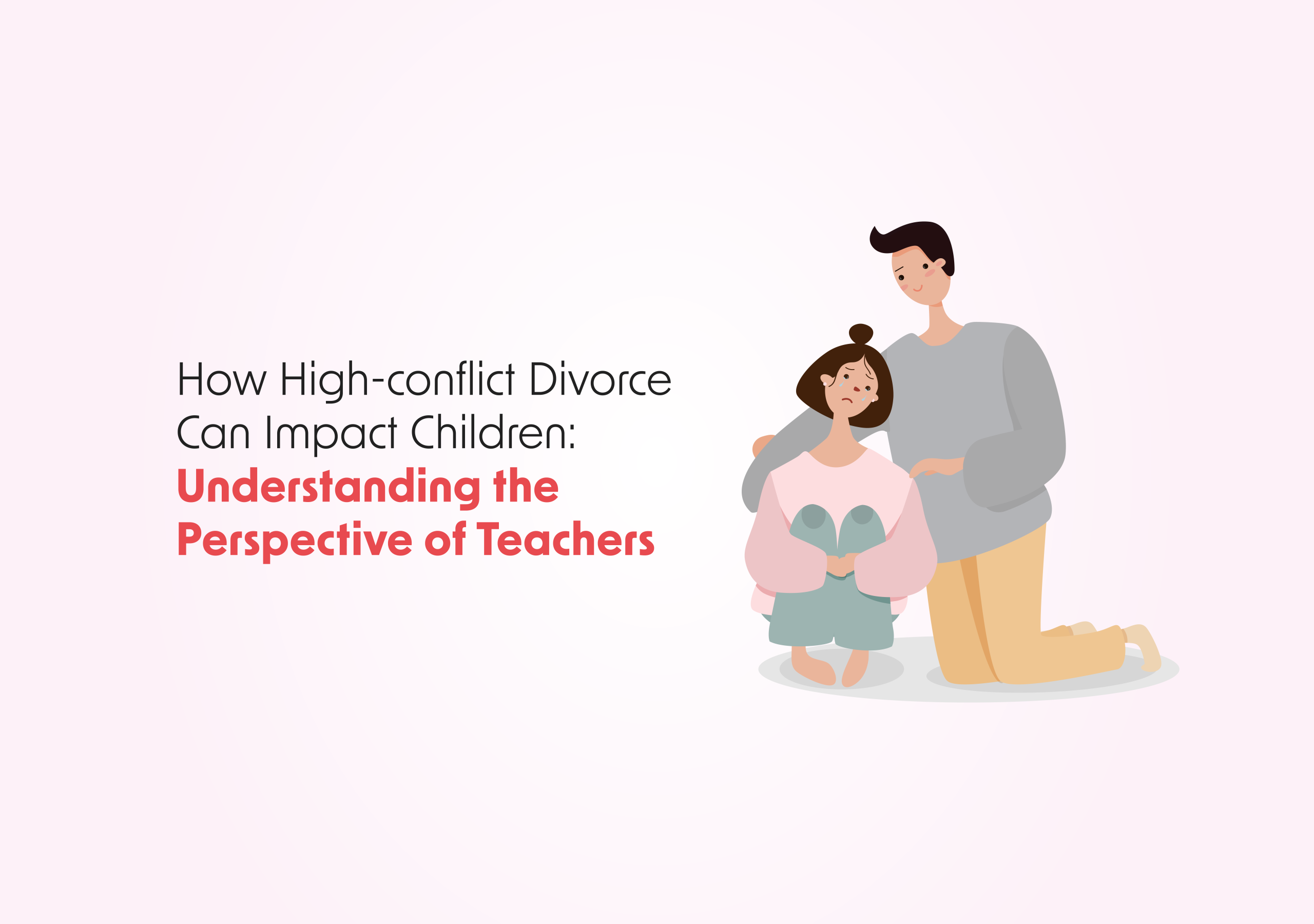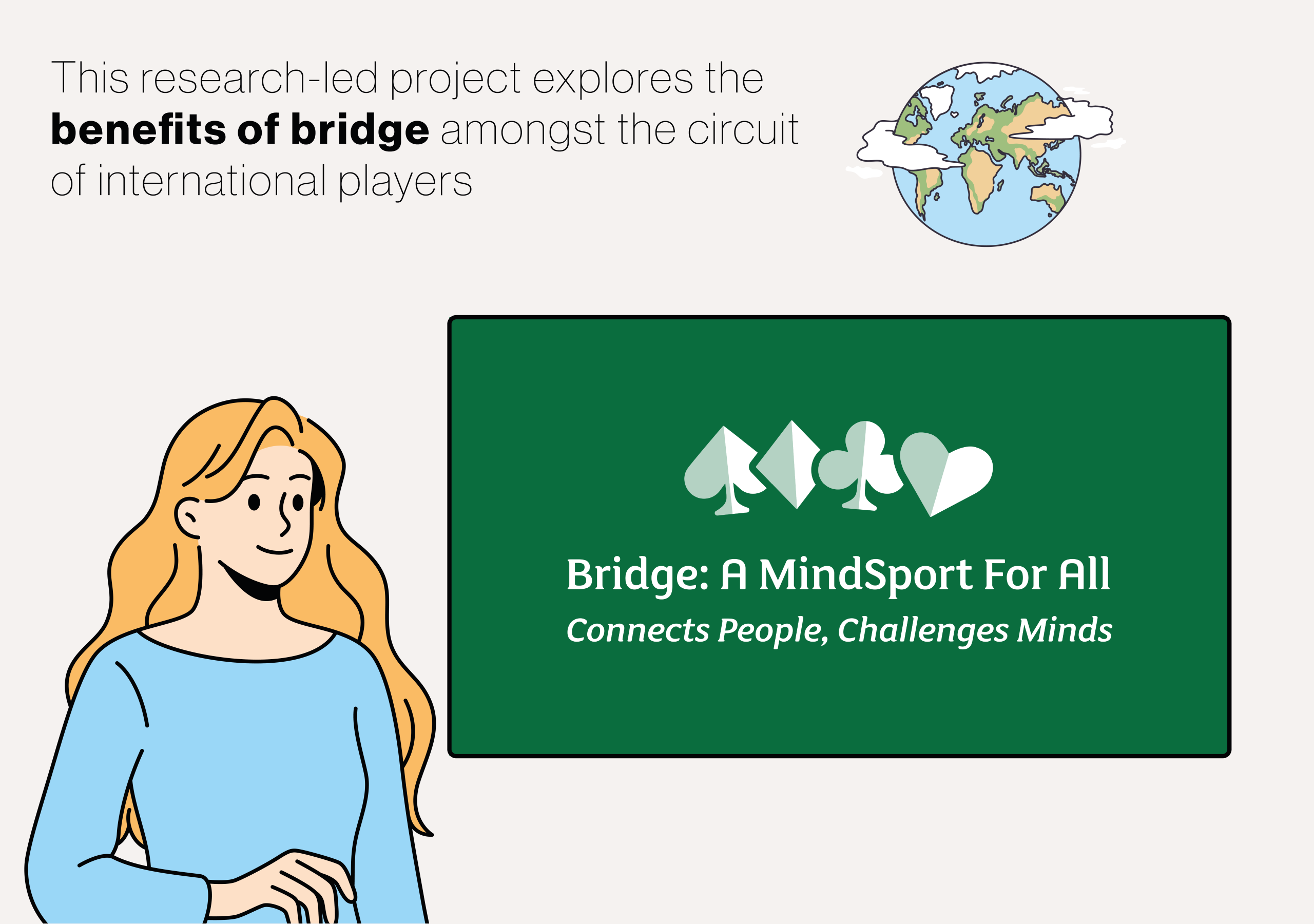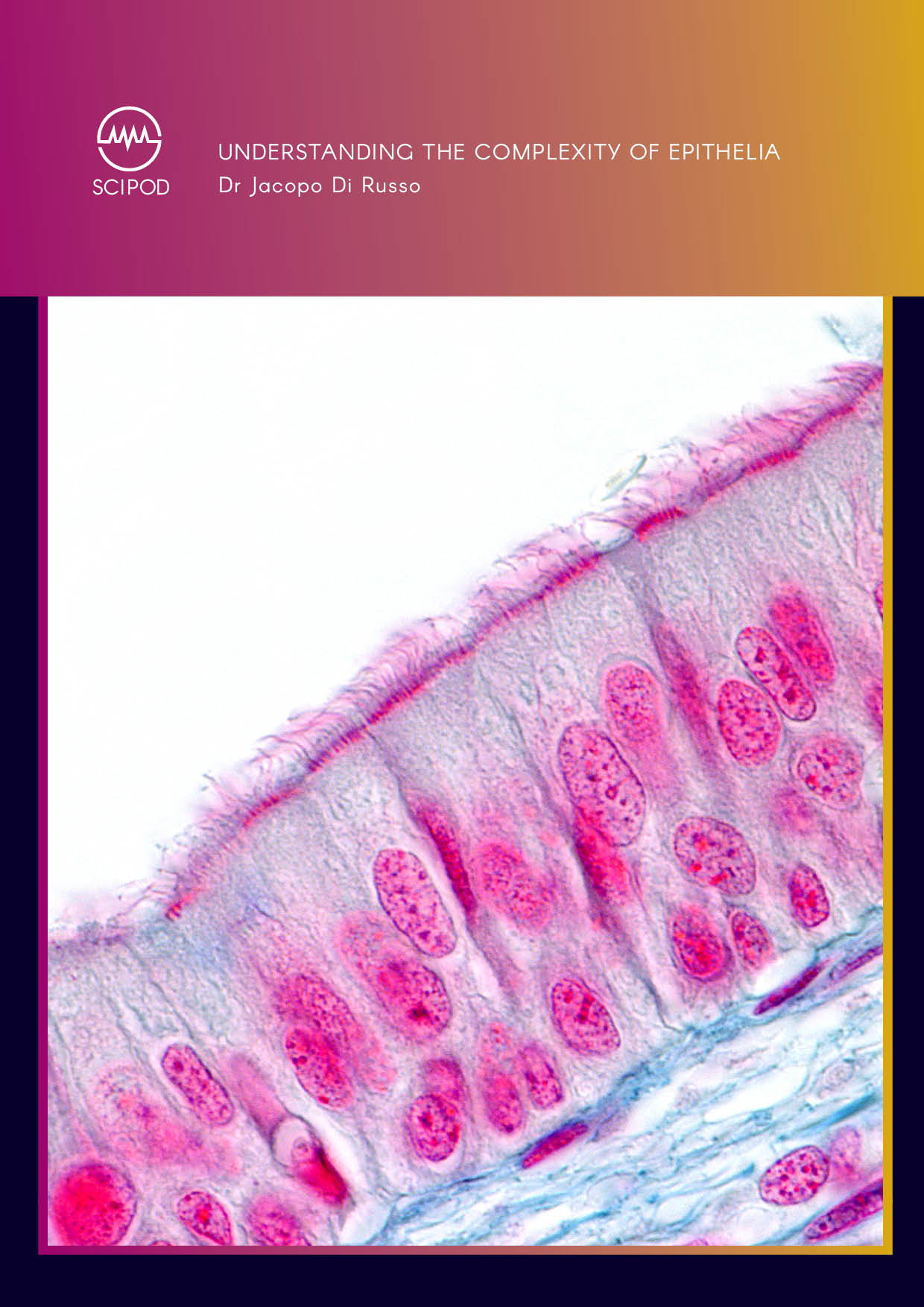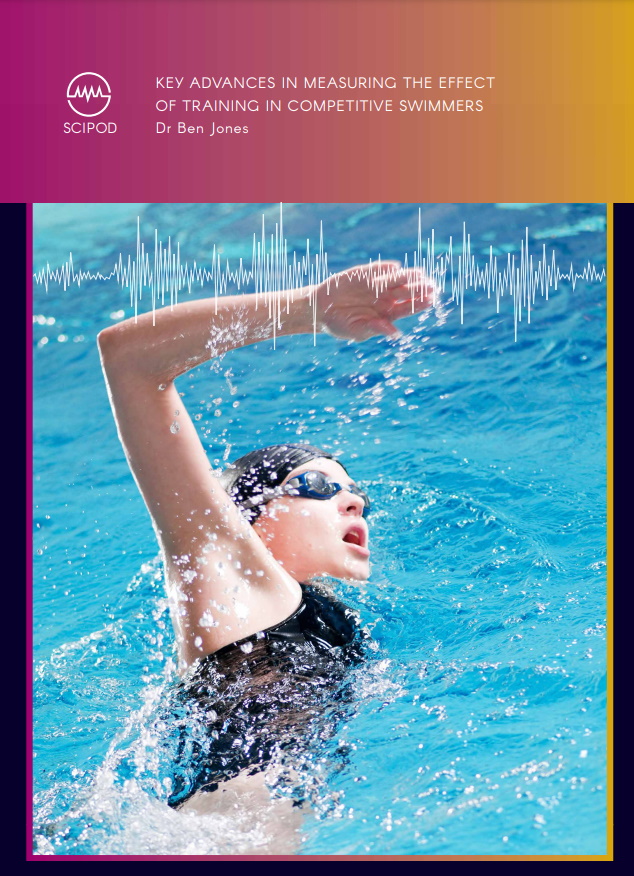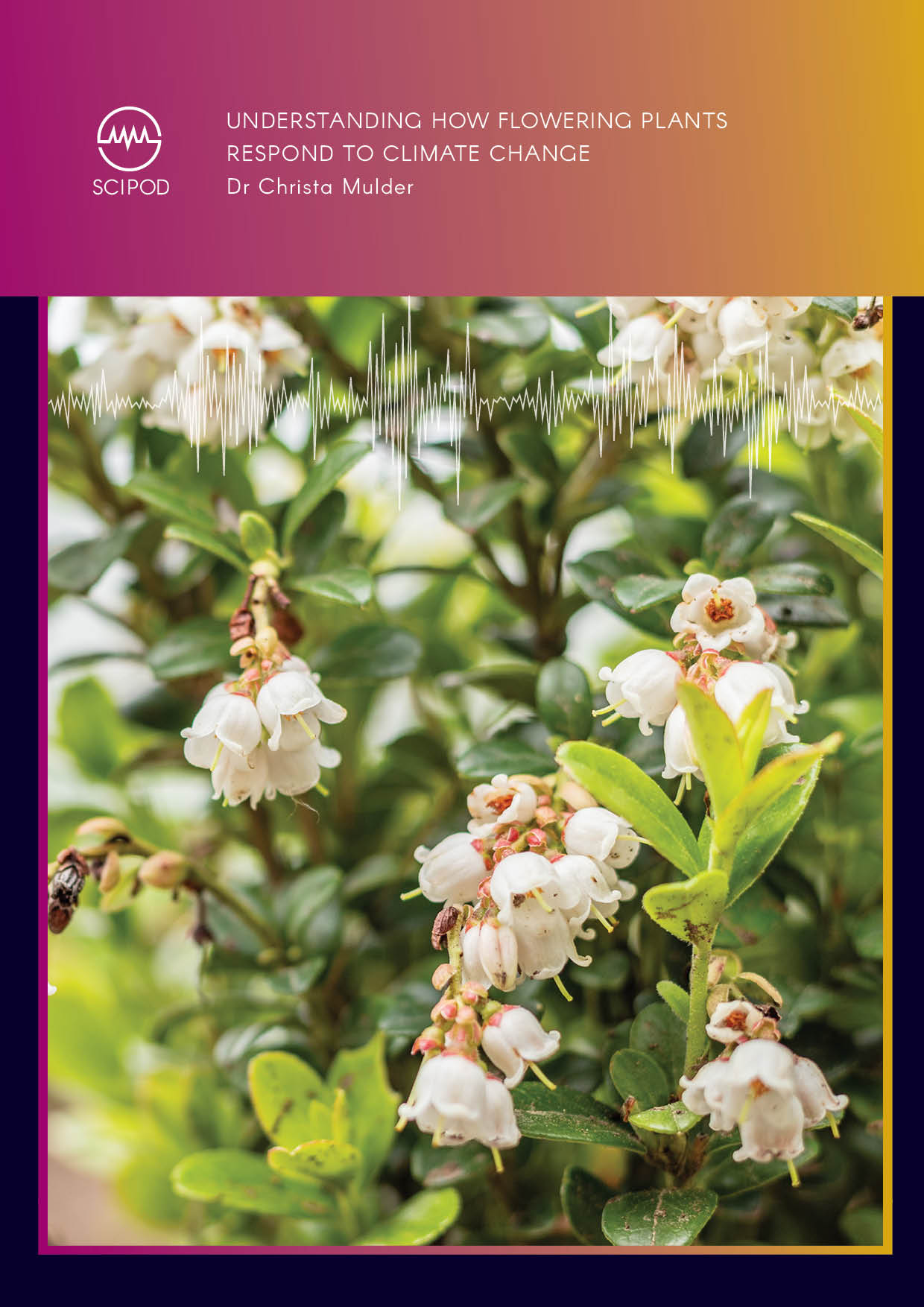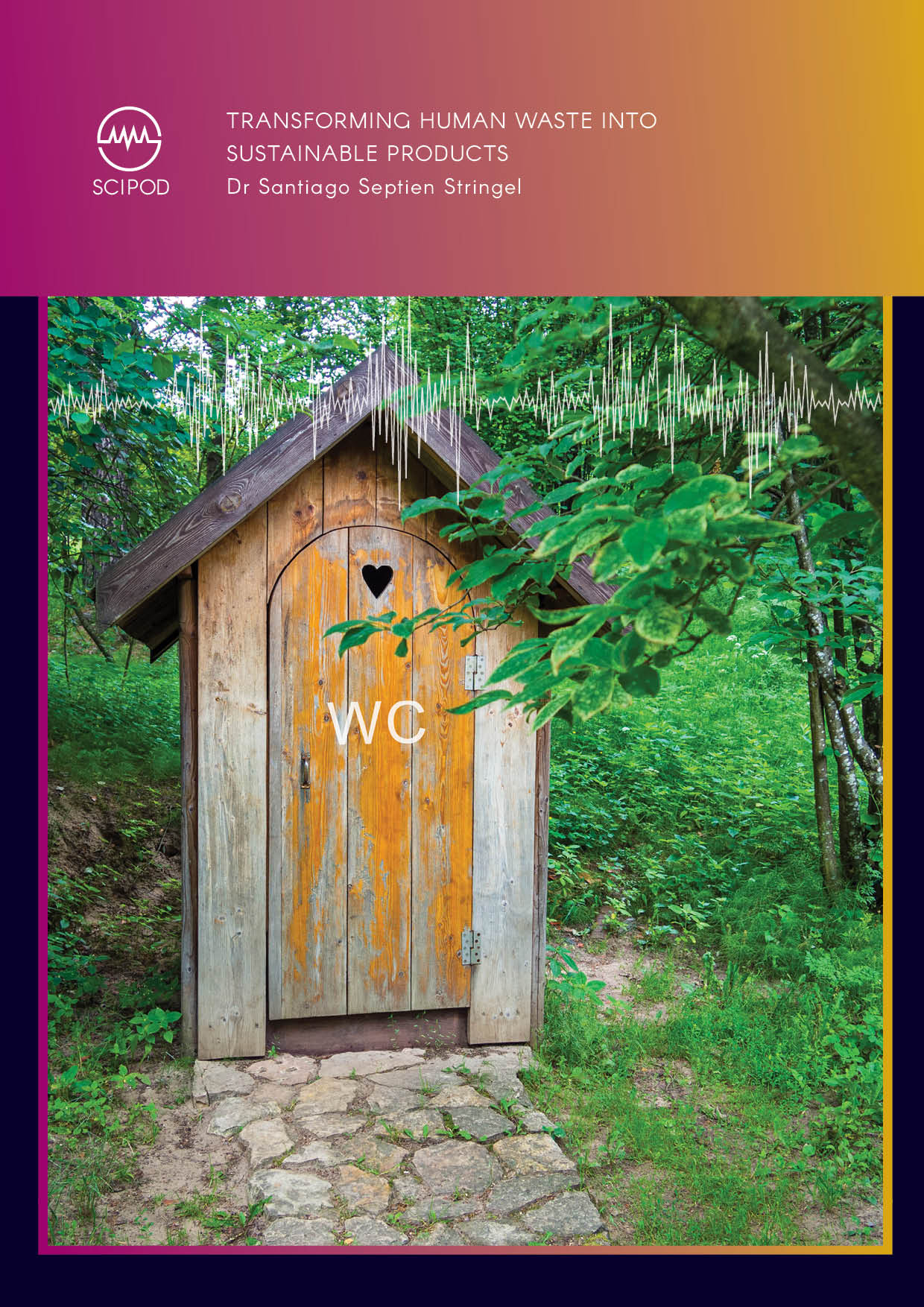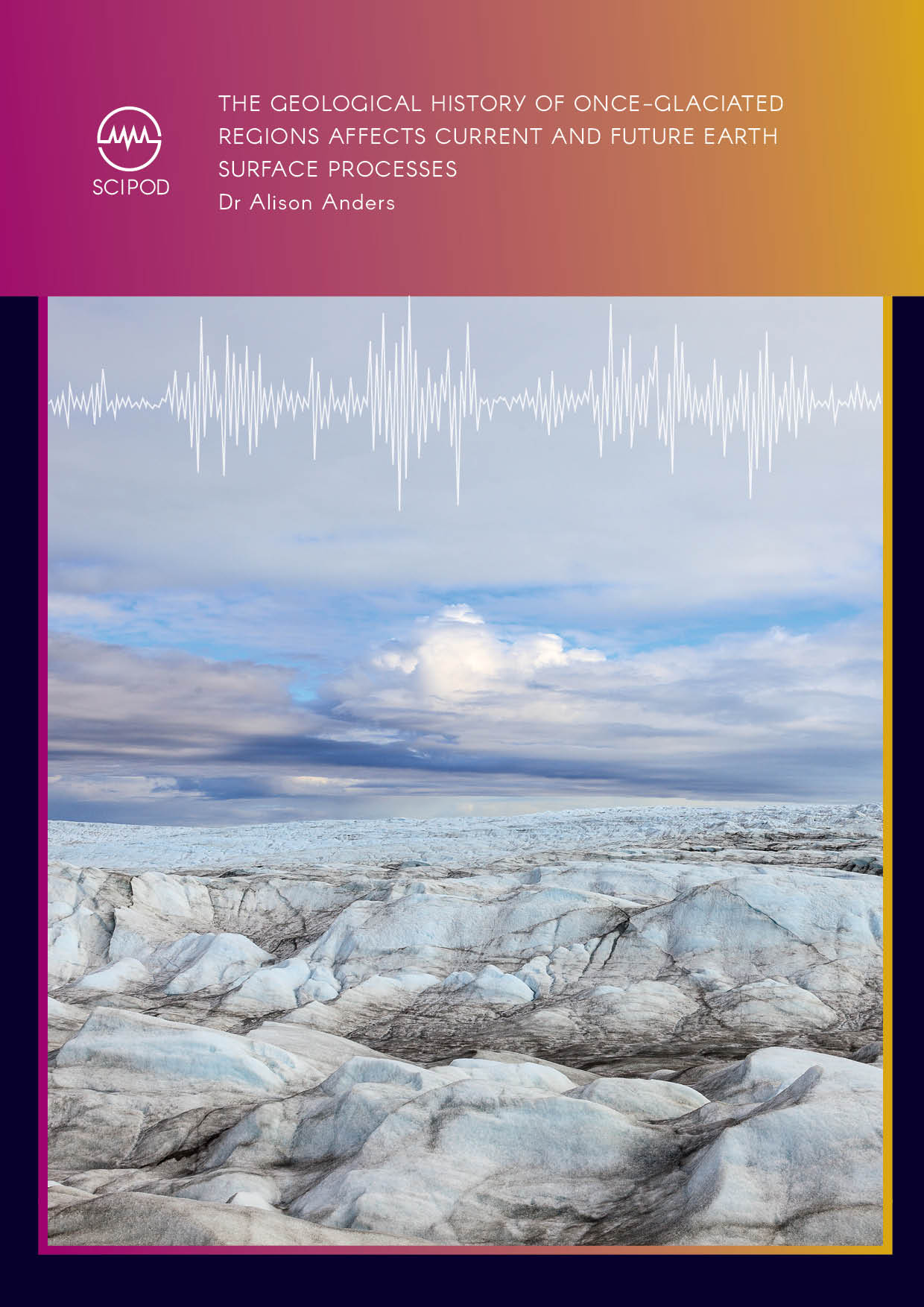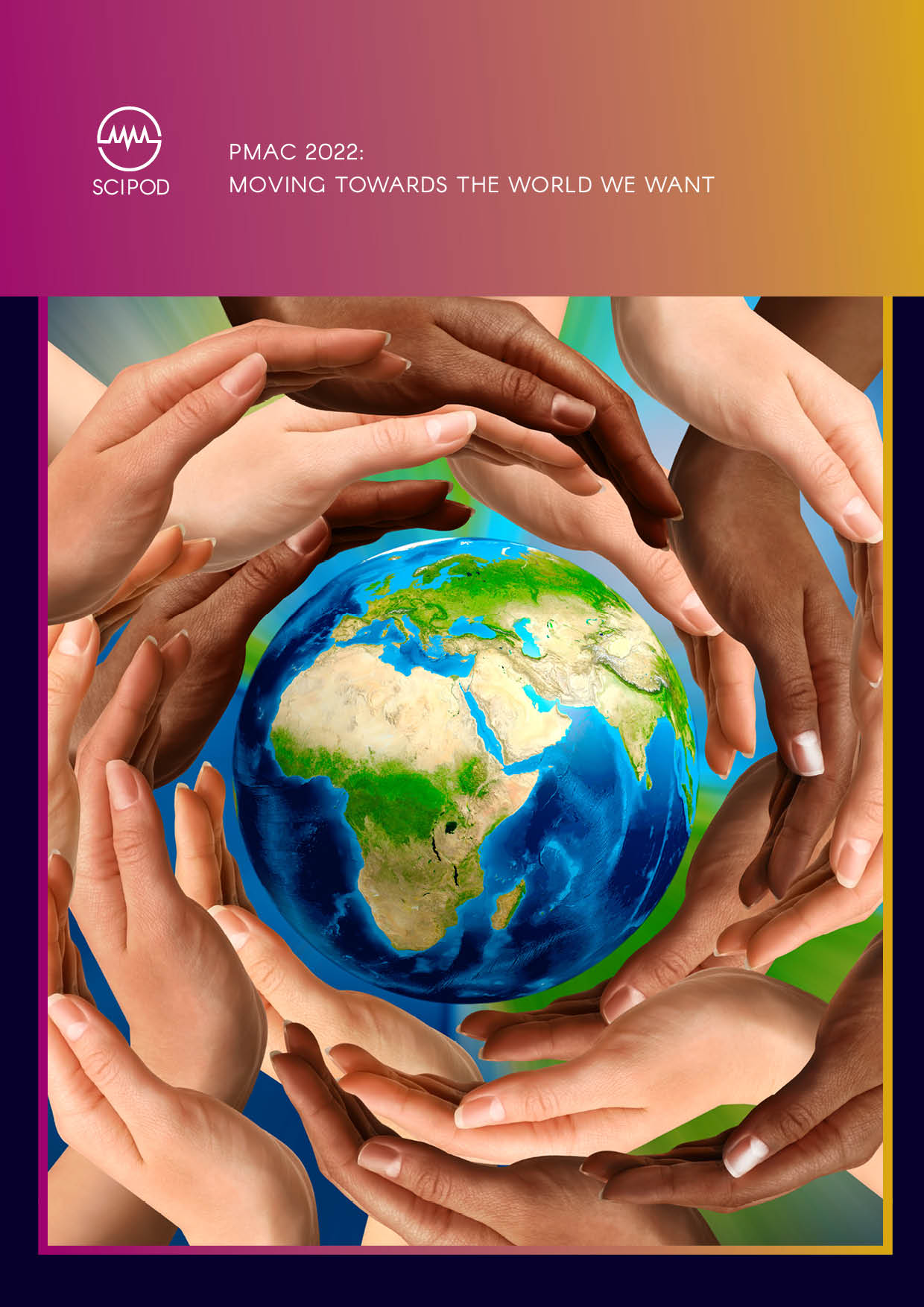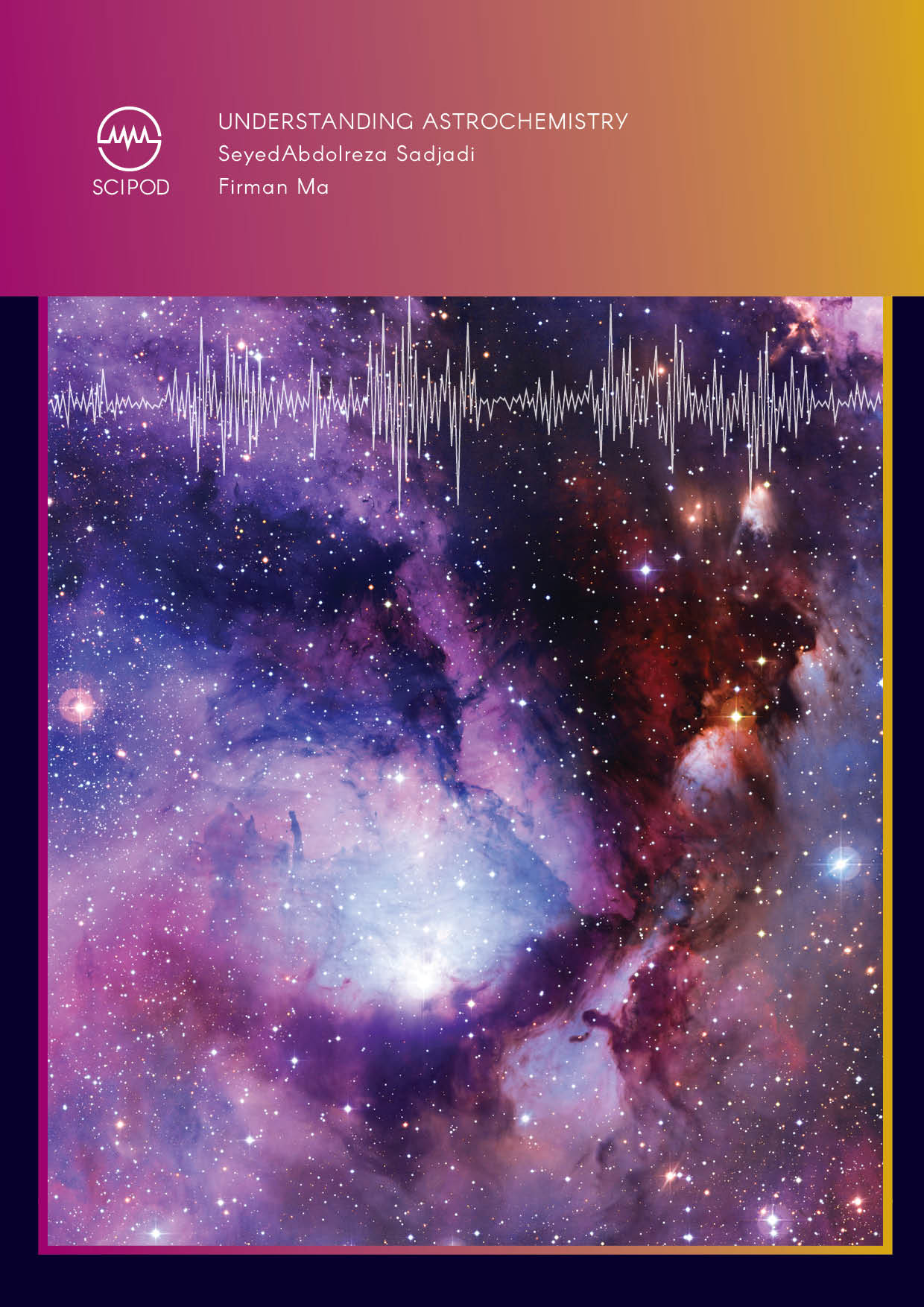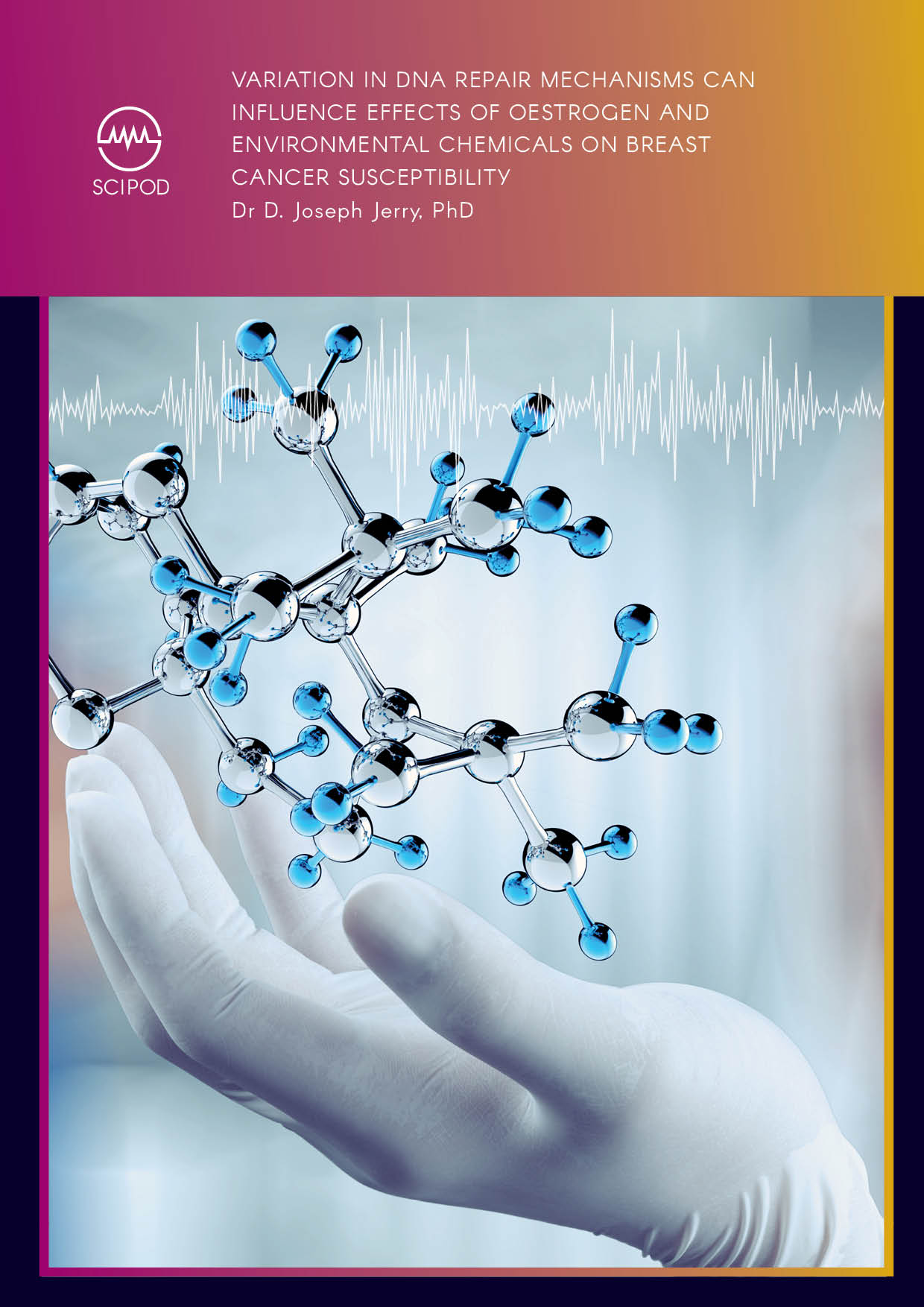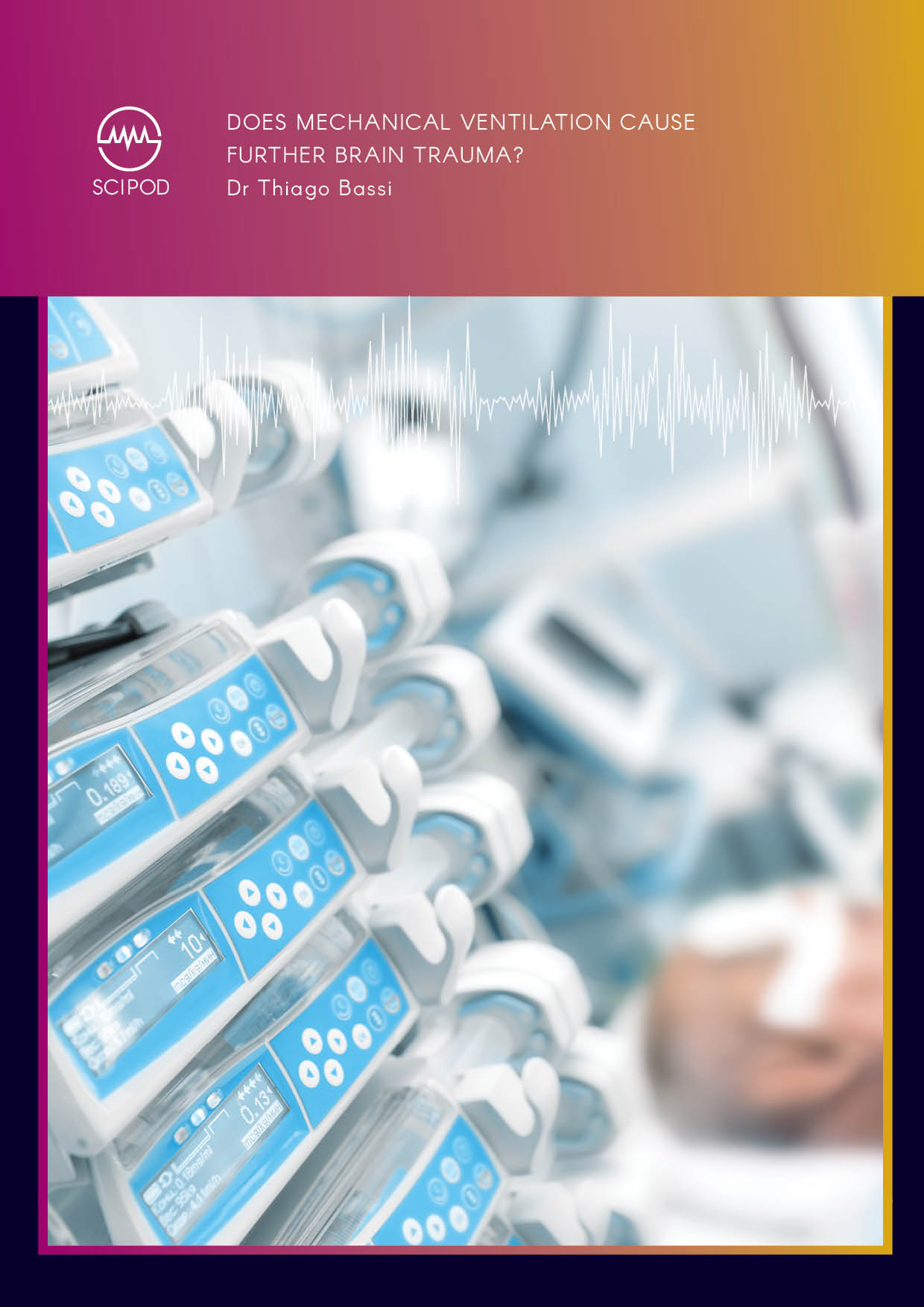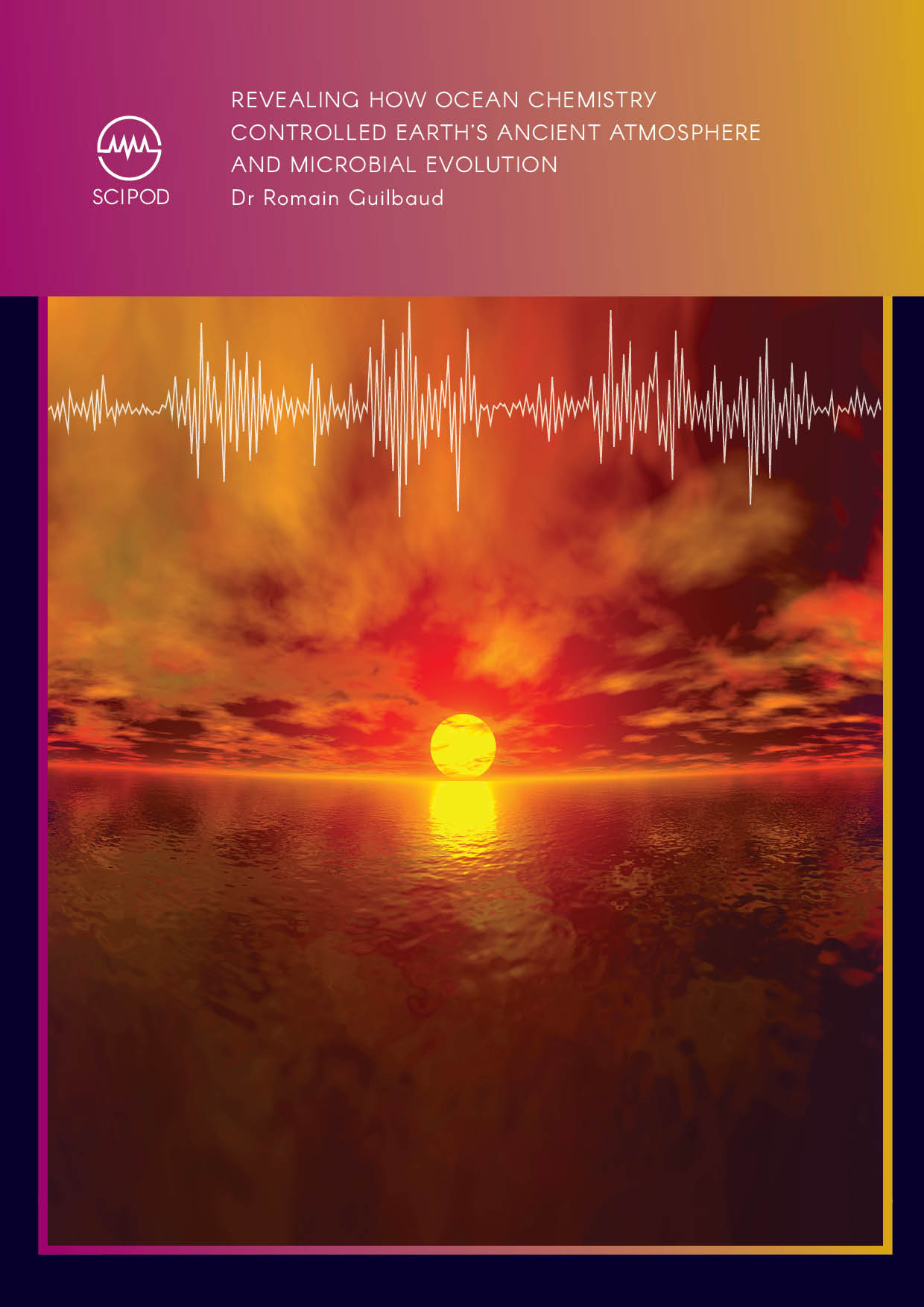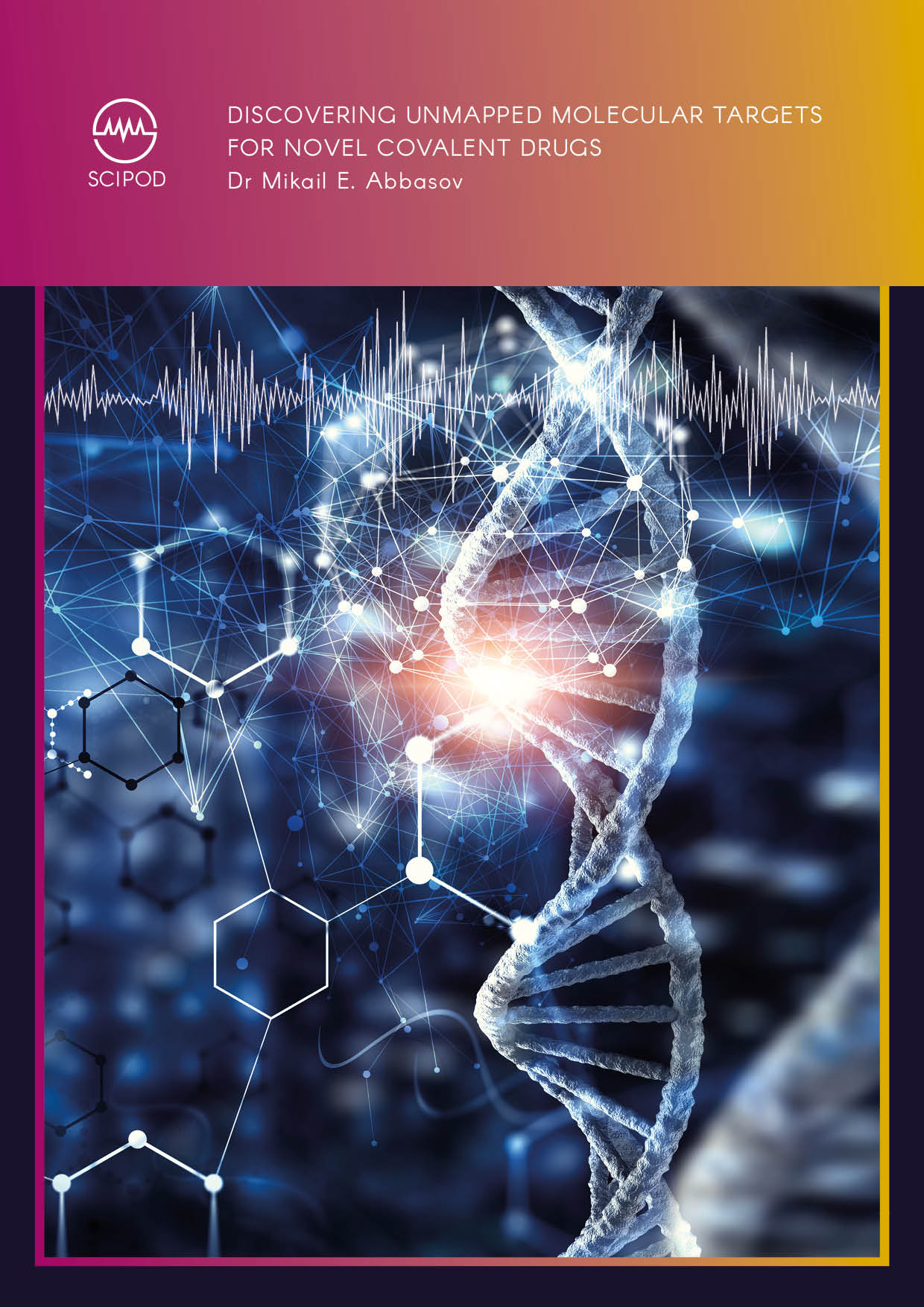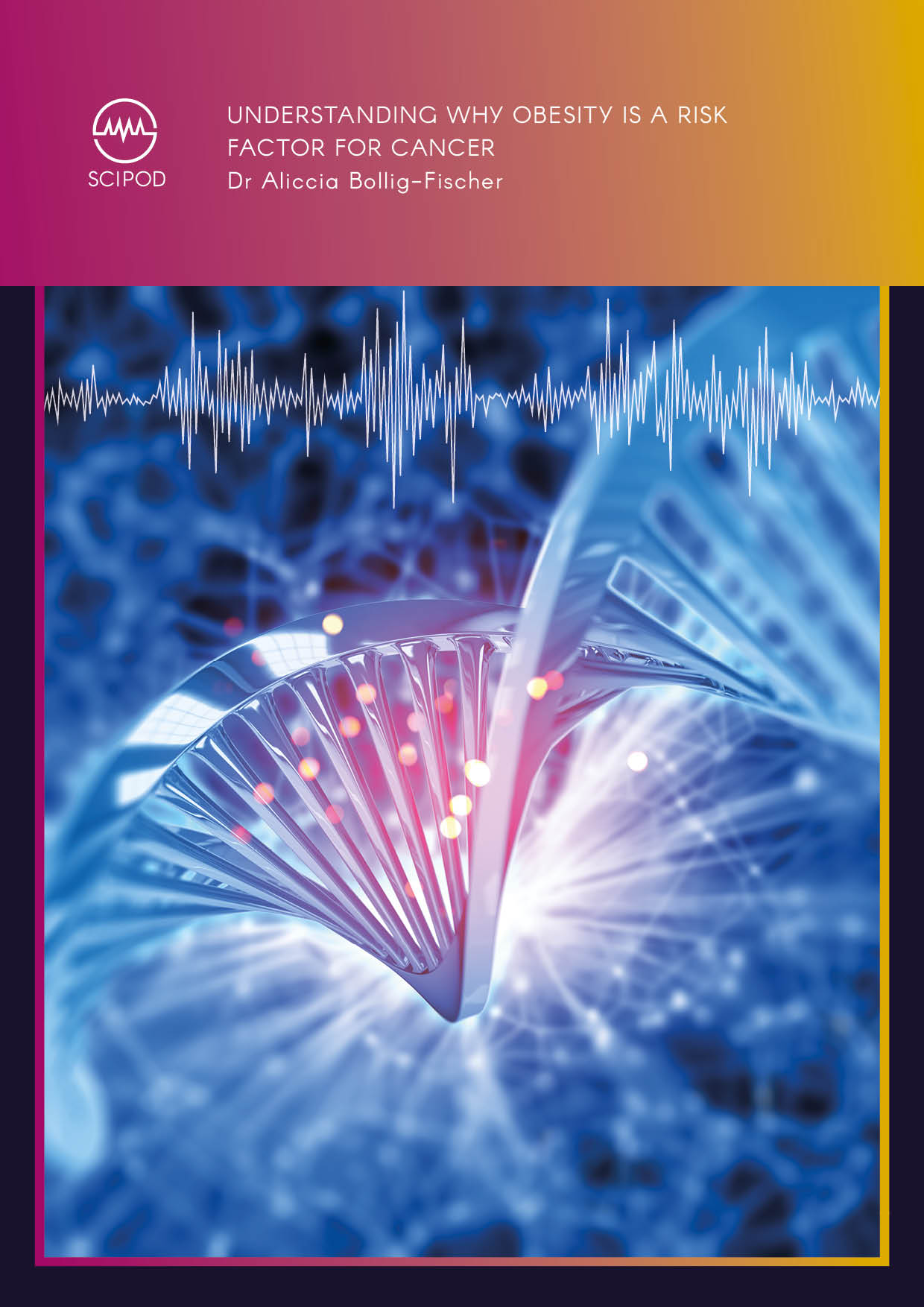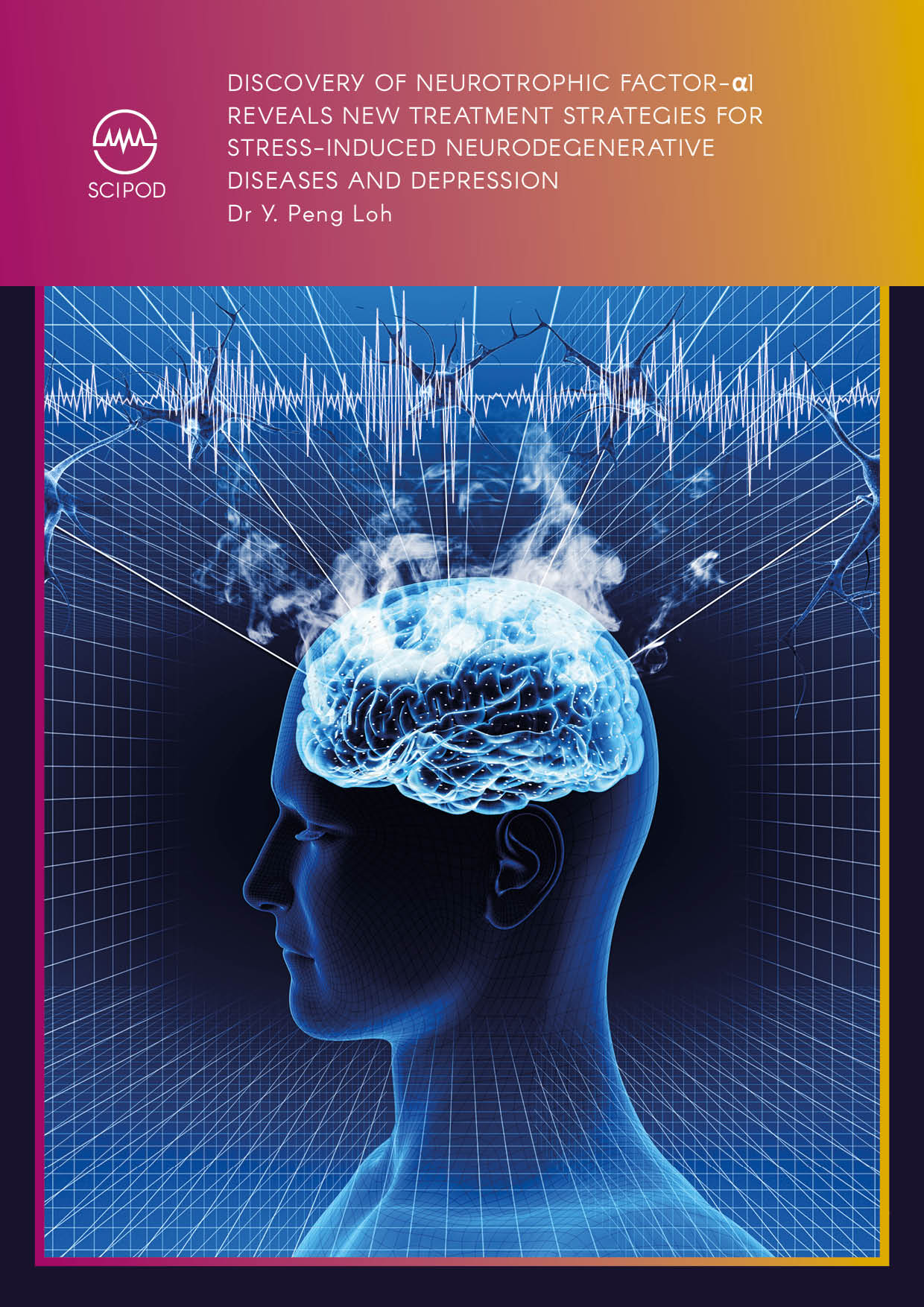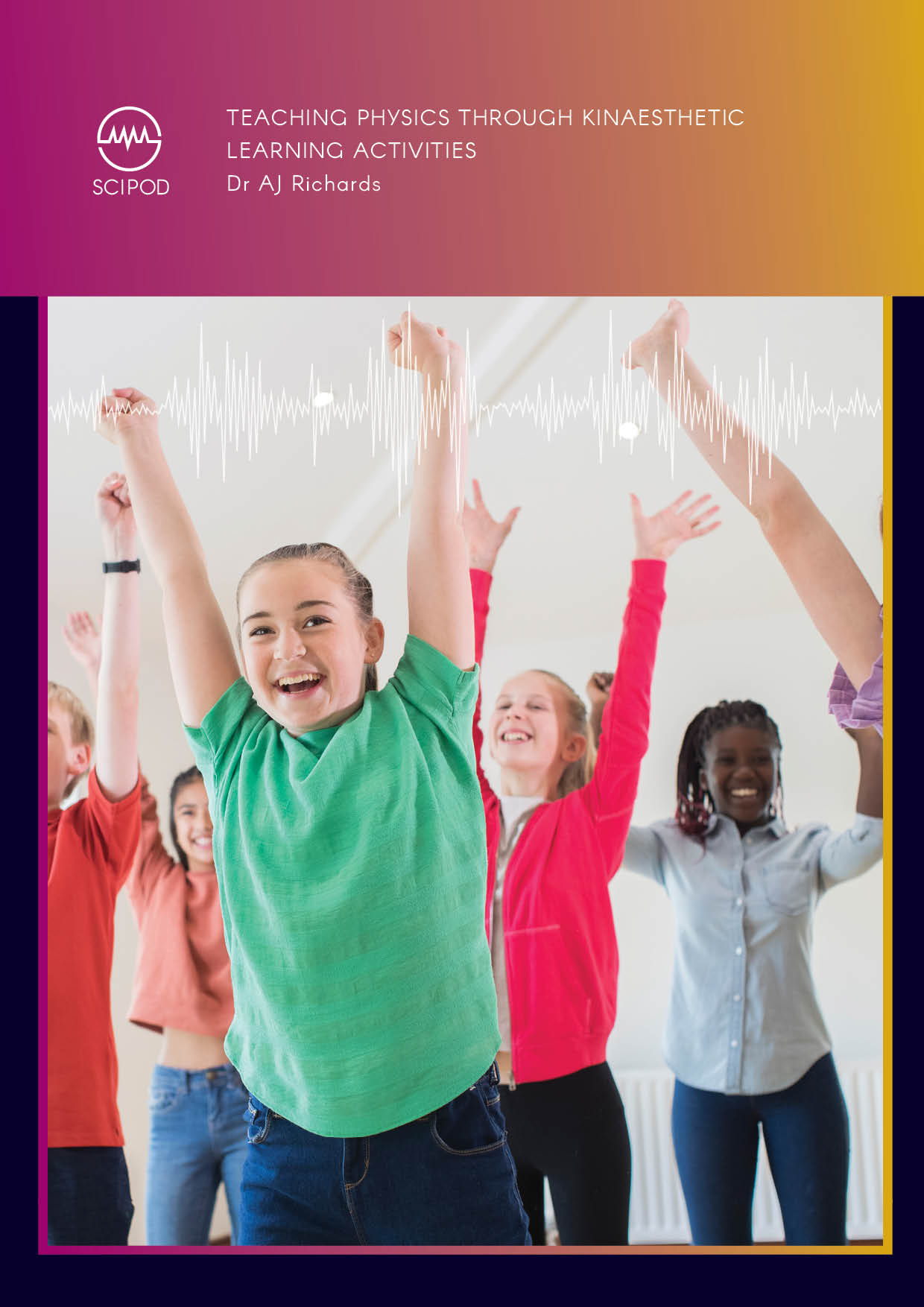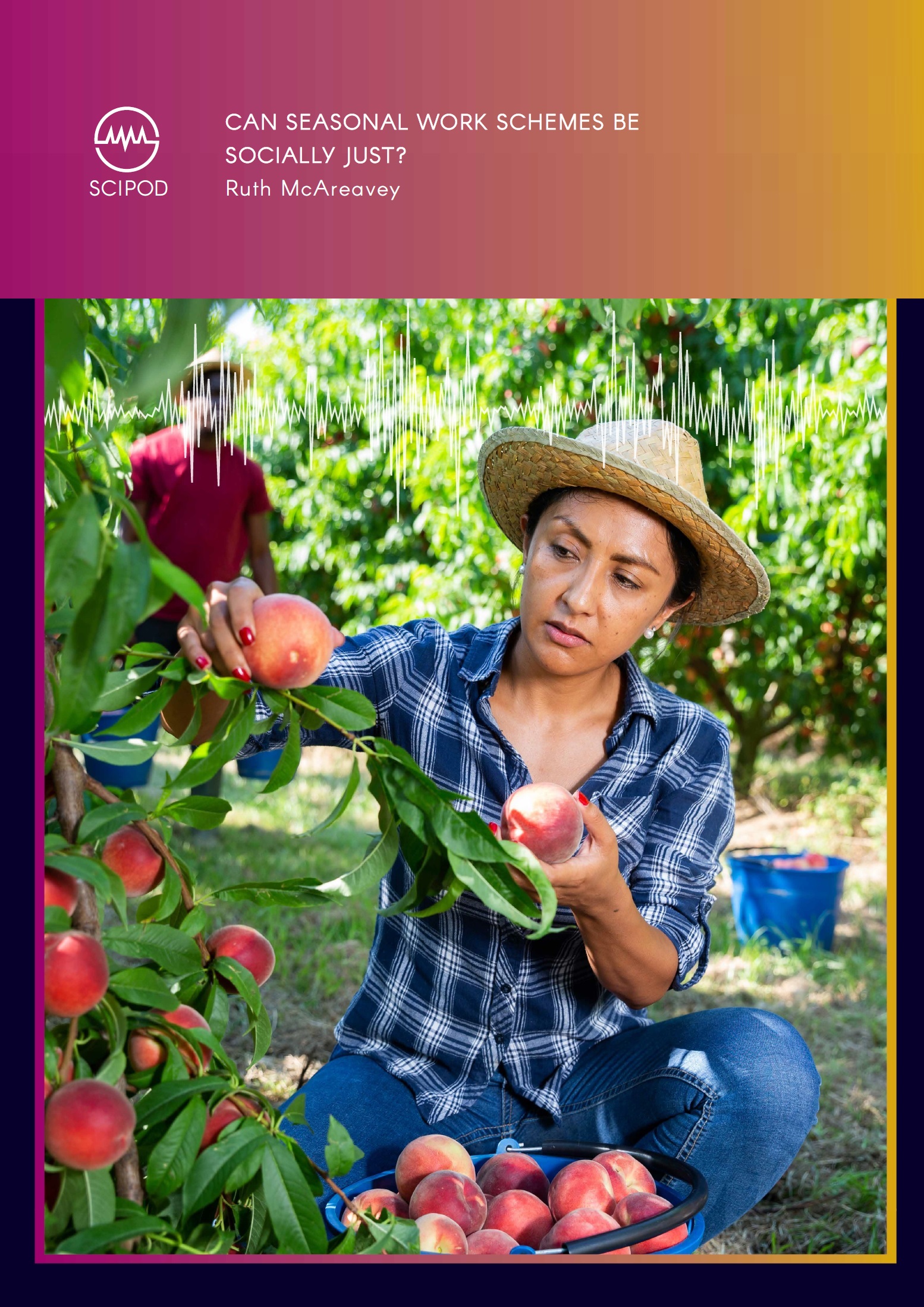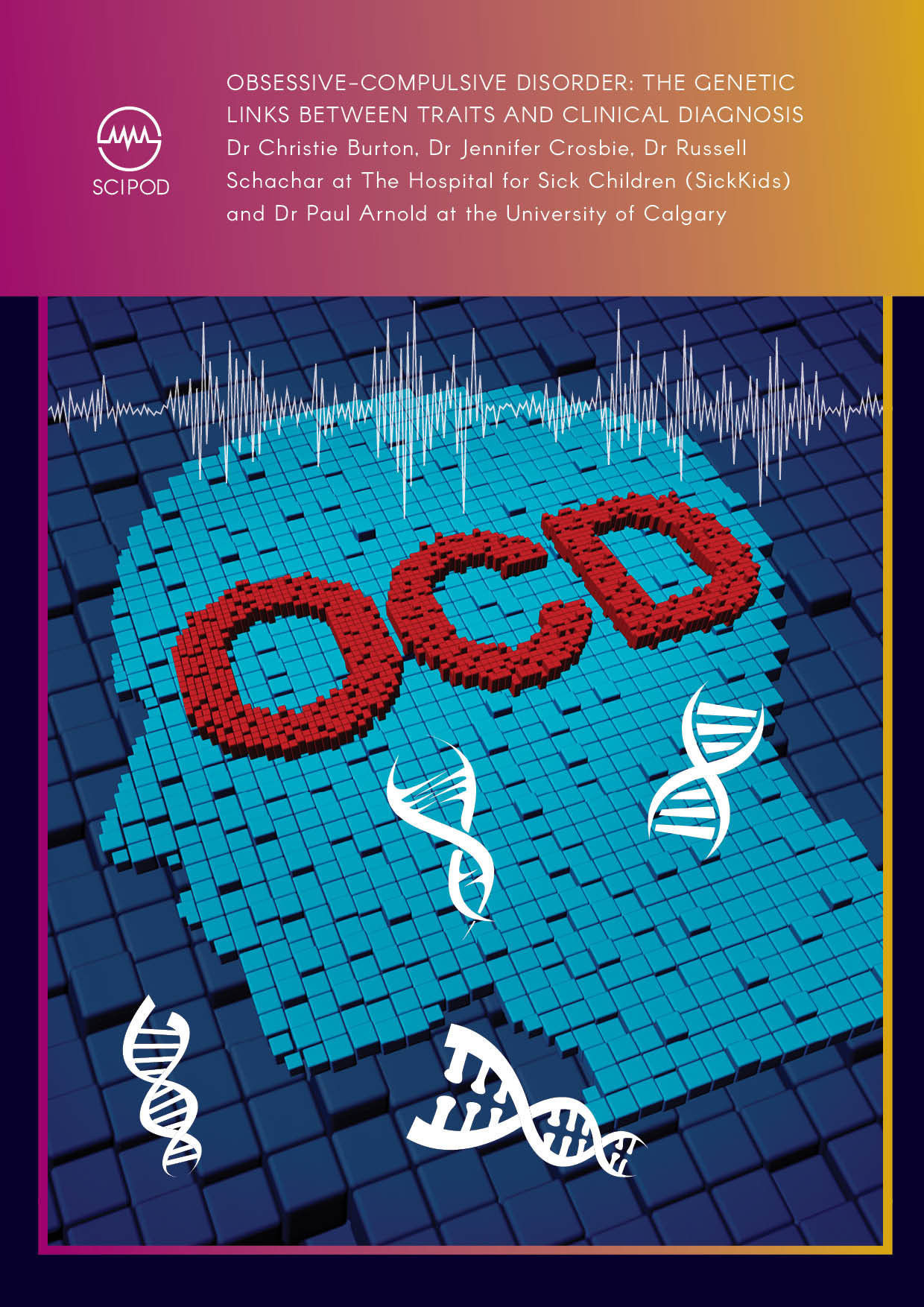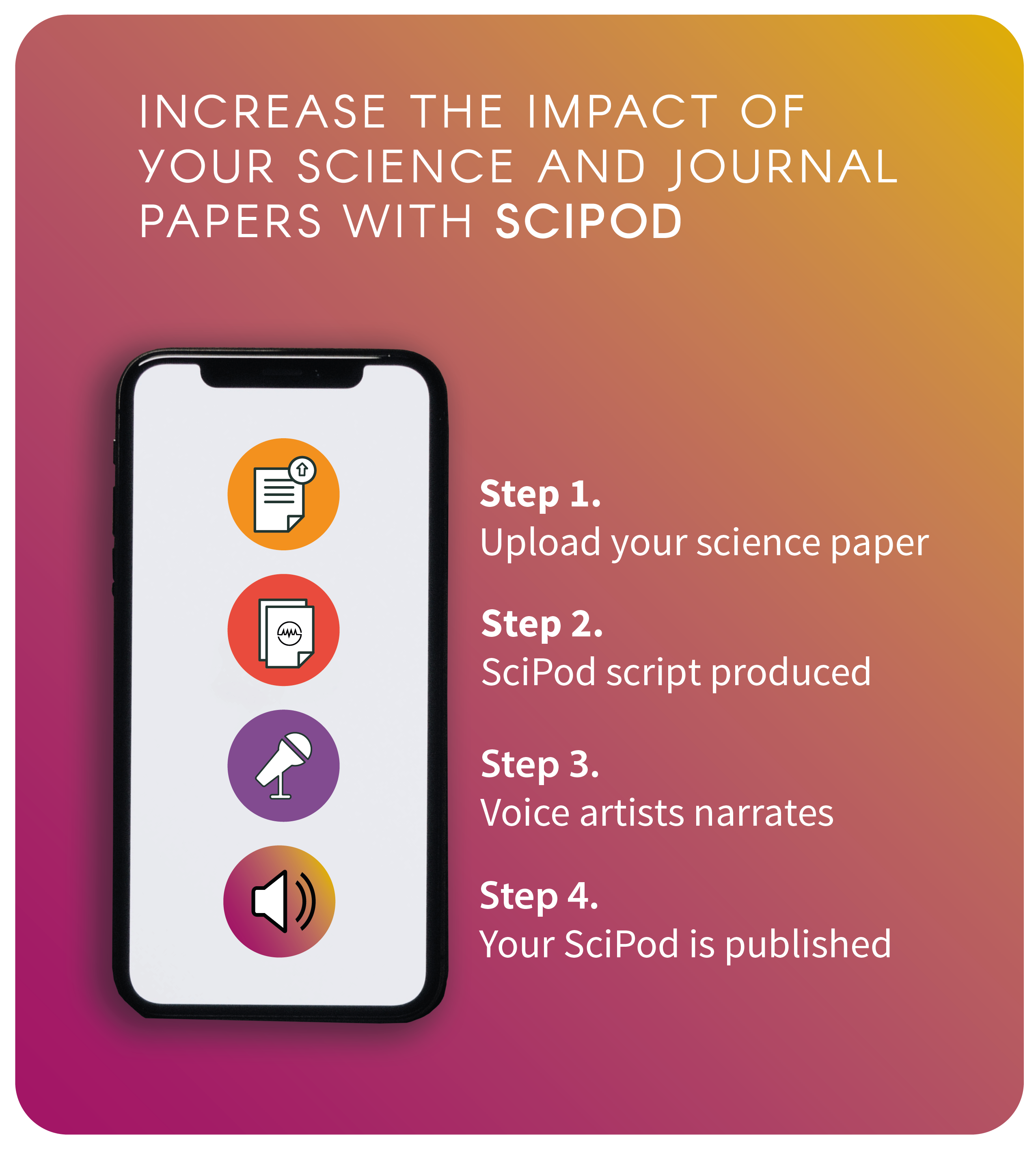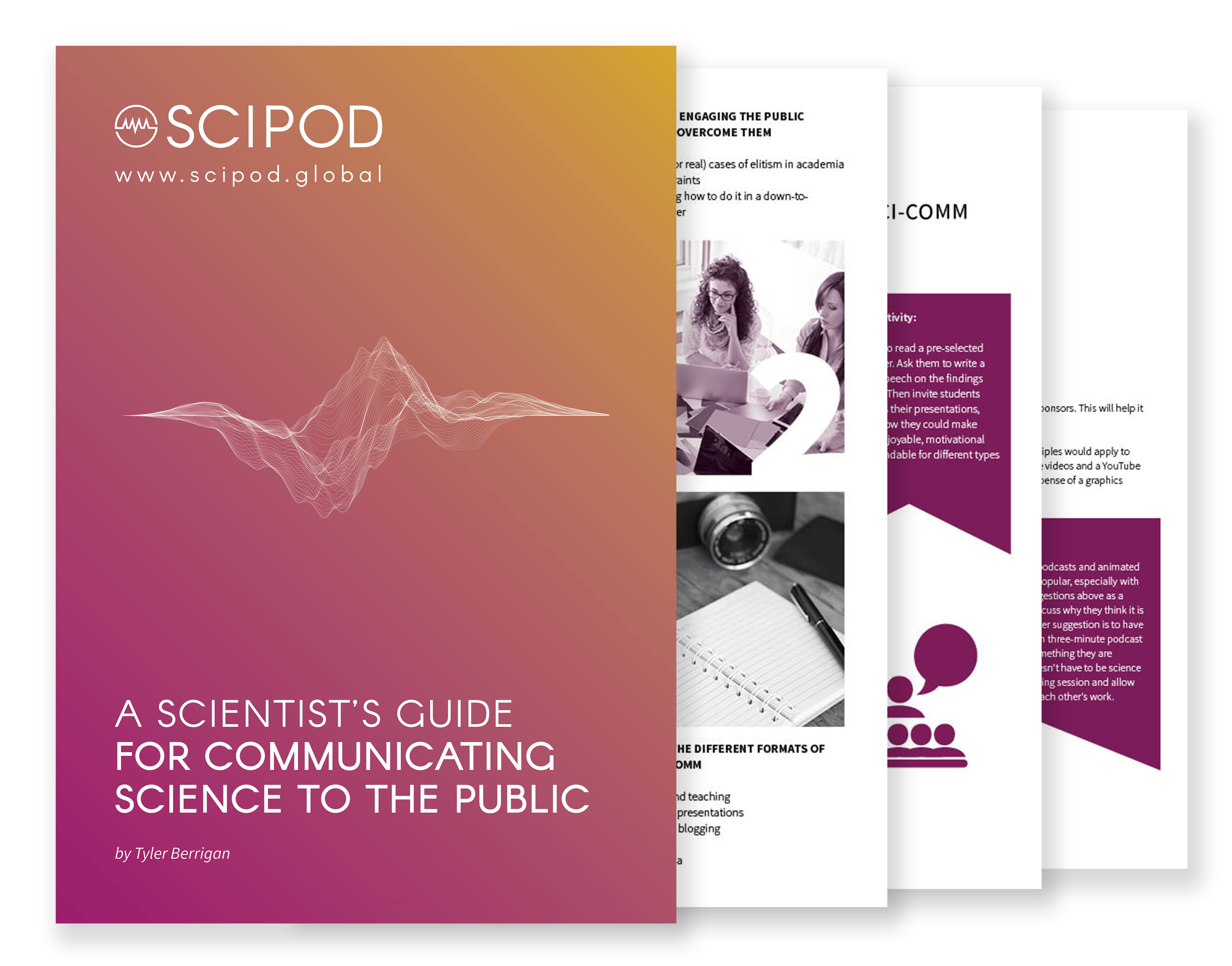Welcome to SciComm Radio
An exclusive interview series with leading scientists and science communicators
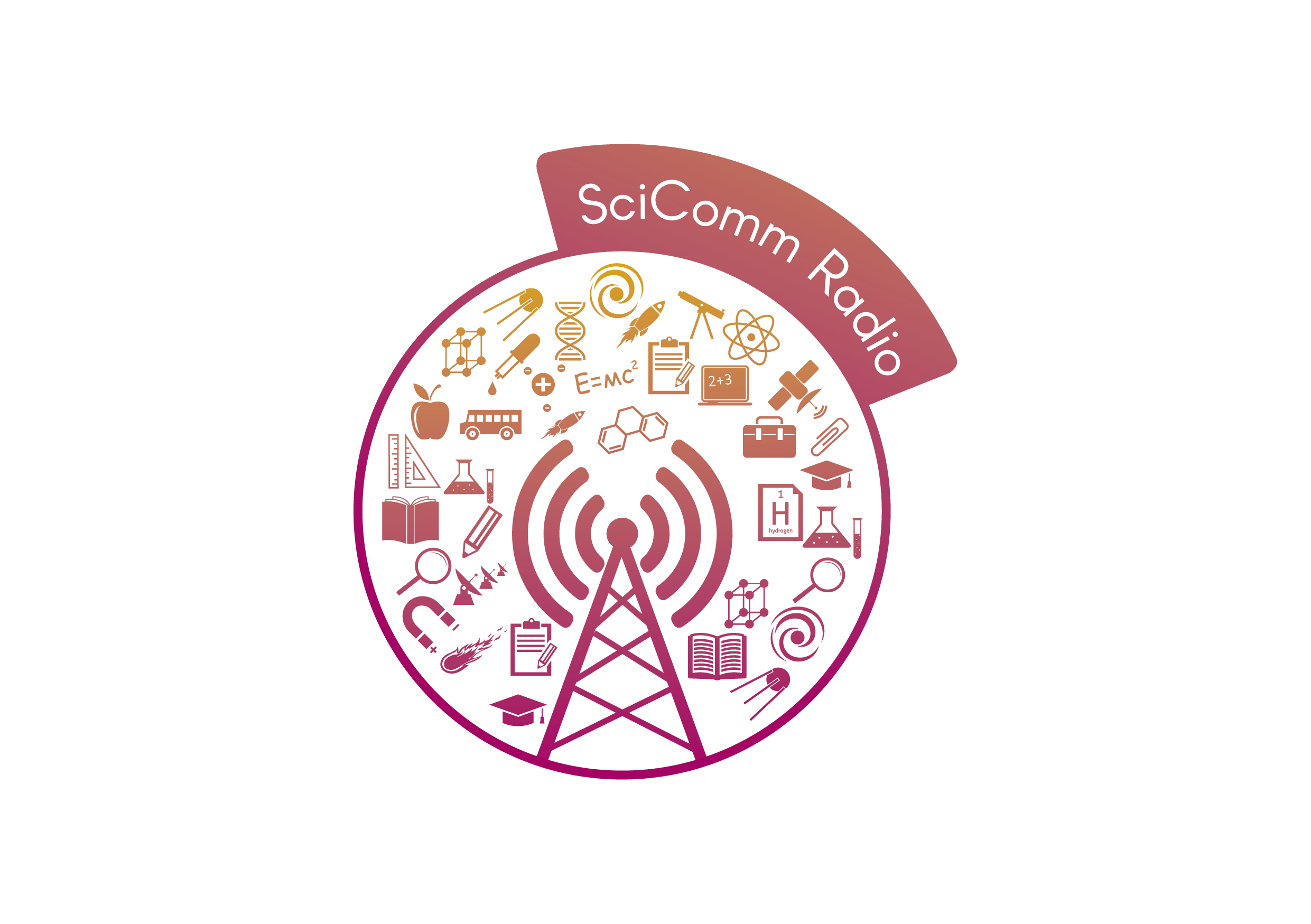
Click Below To Listen To A SciPod Radio Episode
Dr Surjani Wonorahardjo – Dr Suharti Suharti – Dr I Wayan Dasna | Exploring the Ethics and Environmental Impact of Chemistry
Dr Surjani Wonorahardjo – Dr Suharti Suharti – Dr I Wayan Dasna | Exploring the Ethics and Environmental Impact of Chemistry
Original Article Reference
This SciPod is a summary of the paper ‘From Chemistry Back to Nature, an Ethical Perception of Chemists’, from The 4th International Conference on Mathematics and Science Education (ICoMSE). https://doi.org/10.1063/5.0043206
About this episode
From its early days, the field of chemistry has been exploring nature at the molecular level. As such, chemistry is also used to explore natural resources and possible ways of exploiting them. As Earth’s environment is now rapidly deteriorating, chemists need to adapt their practices with the aim of contributing to its protection. Dr Surjani Wonorahardjo, Dr Suharti Suharti and Dr I Wayan Dasna, three researchers in Indonesia, have recently conducted a study exploring the ethical and environmental issues associated with current chemistry practices, in the hope to inspire reflection and positive change in the field.
This work is licensed under a Creative Commons Attribution 4.0 International License. 
What does this mean?
Share: You can copy and redistribute the material in any medium or format
Adapt: You can change, and build upon the material for any purpose, even commercially.
Credit: You must give appropriate credit, provide a link to the license, and indicate if changes were made.
More episodes
Increase the impact of your research
• Good science communication helps people make informed decisions and motivates them to take appropriate and affirmative action.
• Good science communication encourages everyday people to be scientifically literate so that they can analyse the integrity and legitimacy of information.
• Good science communication encourages people into STEM-related fields of study and employment.
• Good public science communication fosters a community around research that includes both members of the public, policymakers and scientists.
• In a recent survey, 75% of people suggested they would prefer to listen to an interesting story than read it.

Step 1 Upload your science paper
Step 2 SciPod script written
Step 3 Voice audio recorded
Step 4 SciPod published
Dr Laura Tipton | Symbiotic Science through a Shared Language
Dr Laura Tipton | Symbiotic Science through a Shared Language
Original Article Reference
This SciPod is a summary of the paper ‘A Developing Symbiosis: Enabling Cross-Talk Between Ecologists and Microbiome Scientists’, in Frontiers in Microbiology. doi.org/10.3389/fmicb.2019.00292
About this episode
Many scientific concepts are applicable to multiple disciplines and across spatial scales, from the microscopic to the global. As such, scientists from different disciplines must communicate effectively – through a shared scientific language – for effective collaboration and scientific advancement. With this aim, Dr Laura Tipton of Chaminade University and her colleagues from the University of Hawai’i investigate the history of ecological terminology, in order to work towards building a common lexicon that bridges ecology and microbiome science.
This work is licensed under a Creative Commons Attribution 4.0 International License. 
What does this mean?
Share: You can copy and redistribute the material in any medium or format
Adapt: You can change, and build upon the material for any purpose, even commercially.
Credit: You must give appropriate credit, provide a link to the license, and indicate if changes were made.
More episodes
Increase the impact of your research
• Good science communication helps people make informed decisions and motivates them to take appropriate and affirmative action.
• Good science communication encourages everyday people to be scientifically literate so that they can analyse the integrity and legitimacy of information.
• Good science communication encourages people into STEM-related fields of study and employment.
• Good public science communication fosters a community around research that includes both members of the public, policymakers and scientists.
• In a recent survey, 75% of people suggested they would prefer to listen to an interesting story than read it.

Step 1 Upload your science paper
Step 2 SciPod script written
Step 3 Voice audio recorded
Step 4 SciPod published
Dr Gabrielle Gold-von Simson | The Biomedical Entrepreneurship Skills Development Program (BEEP): Educating a New Generation of Medical Innovators
Dr Gabrielle Gold-von Simson | The Biomedical Entrepreneurship Skills Development Program (BEEP): Educating a New Generation of Medical Innovators
Original Article Reference
This SciPod is a summary of https://doi.org/10.33548/SCIENTIA815
About this episode
Innovative, new technologies are rapidly being introduced into the medical world, as scientists and inventors continually discover solutions to all kinds of health issues. However, comprehensive education in medical product development, business process and strategy is distinctly lacking for science students who aspire to become commercial medical innovators and entrepreneurs. Entrepreneurially minded professionals at the New York University Grossman School of Medicine developed, implemented, and integrated programs to train early scientists in the business side of science to accelerate the pace of commercialisation and encourage individuals to pursue venture creation and entrepreneurship to impact highly relevant healthcare solutions.
This work is licensed under a Creative Commons Attribution 4.0 International License. 
What does this mean?
Share: You can copy and redistribute the material in any medium or format
Adapt: You can change, and build upon the material for any purpose, even commercially.
Credit: You must give appropriate credit, provide a link to the license, and indicate if changes were made.
More episodes
Increase the impact of your research
• Good science communication helps people make informed decisions and motivates them to take appropriate and affirmative action.
• Good science communication encourages everyday people to be scientifically literate so that they can analyse the integrity and legitimacy of information.
• Good science communication encourages people into STEM-related fields of study and employment.
• Good public science communication fosters a community around research that includes both members of the public, policymakers and scientists.
• In a recent survey, 75% of people suggested they would prefer to listen to an interesting story than read it.

Step 1 Upload your science paper
Step 2 SciPod script written
Step 3 Voice audio recorded
Step 4 SciPod published
Dr Pal Bela Szecsi | Changes in Maternal Vitamin D Levels Throughout Pregnancy and Across the Seasons
Dr Pal Bela Szecsi | Changes in Maternal Vitamin D Levels Throughout Pregnancy and Across the Seasons
Original Article Reference
This SciPod is a summary of the paper ‘Variation in plasma 25-hydroxyvitamin D2 and D3 in normal pregnancy with gestational age, sampling season, and complications: A longitudinal cohort study’ from PLOS One. DOI: https://doi.org/10.1371/journal.pone.0231657
About this episode
Maternal nutrition plays a major role in reducing pregnancy complications and improving infant and child health. Vitamin D is important during pregnancy as it helps the baby’s heart, bones, teeth and nervous system develop properly. Low levels of vitamin D in pregnancy have been linked to a number of problems and conditions. Dr Pal Bela Szecsi and his team at Copenhagen University Hospital in Denmark have been investigating vitamin D concentrations throughout normal pregnancy and in relation to possible complications.
This work is licensed under a Creative Commons Attribution 4.0 International License. 
What does this mean?
Share: You can copy and redistribute the material in any medium or format
Adapt: You can change, and build upon the material for any purpose, even commercially.
Credit: You must give appropriate credit, provide a link to the license, and indicate if changes were made.
More episodes
Increase the impact of your research
• Good science communication helps people make informed decisions and motivates them to take appropriate and affirmative action.
• Good science communication encourages everyday people to be scientifically literate so that they can analyse the integrity and legitimacy of information.
• Good science communication encourages people into STEM-related fields of study and employment.
• Good public science communication fosters a community around research that includes both members of the public, policymakers and scientists.
• In a recent survey, 75% of people suggested they would prefer to listen to an interesting story than read it.

Step 1 Upload your science paper
Step 2 SciPod script written
Step 3 Voice audio recorded
Step 4 SciPod published
Dr Helen Greenwood Hansma | Energy: A Clue to the Origins of Life
Dr Helen Greenwood Hansma | Energy: A Clue to the Origins of Life
Original Article Reference
This SciPod is a summary of the paper ‘Mechanical Energy before Chemical Energy at the Origins of Life?’, in Sci. https://doi.org/10.3390/sci2040088 & https://doi.org/10.1016/j.bpj.2022.08.032
About this episode
Energy is vital for life. It allows important functions to occur in living systems, from the molecular level to the scale of the whole organism. Dr Helen Greenwood Hansma, from the University of California in Santa Barbara, believes that the types of energy used in living cells can provide clues to help us understand the origins of life. In her recent research, she explores how mechanical energy could have driven the processes that gave rise to early life in the absence of chemical energy.
This work is licensed under a Creative Commons Attribution 4.0 International License. 
What does this mean?
Share: You can copy and redistribute the material in any medium or format
Adapt: You can change, and build upon the material for any purpose, even commercially.
Credit: You must give appropriate credit, provide a link to the license, and indicate if changes were made.
More episodes
Increase the impact of your research
• Good science communication helps people make informed decisions and motivates them to take appropriate and affirmative action.
• Good science communication encourages everyday people to be scientifically literate so that they can analyse the integrity and legitimacy of information.
• Good science communication encourages people into STEM-related fields of study and employment.
• Good public science communication fosters a community around research that includes both members of the public, policymakers and scientists.
• In a recent survey, 75% of people suggested they would prefer to listen to an interesting story than read it.

Step 1 Upload your science paper
Step 2 SciPod script written
Step 3 Voice audio recorded
Step 4 SciPod published
Dr Tabe Bergman – Reflecting on Responsibility, Intent and Conformism Among Journalists
Dr Tabe Bergman – Reflecting on Responsibility, Intent and Conformism Among Journalists
Original Article Reference
This SciPod is a summary of the paper ‘Manufacturing foreign news from afar: views from an editor’s desk’, from the Journal of Applied Journalism & Media Studies. https://doi.org/10.1386/ajms_00078_1
About this episode
Herman and Chomsky’s propaganda model is among the most renowned academic contributions to the study of journalism. Although it offers valuable insight into news content and how the media industry operates, it mostly ignores an important step in the production of news: what happens in the newsroom. Dr Tabe Bergman, an Assistant Professor at Xi’an Jiaotong-Liverpool University and Deputy Head of the University’s Media and Communication department, recently assessed practices in the newsroom, with the aim to supplement the propaganda model.
This work is licensed under a Creative Commons Attribution 4.0 International License. 
What does this mean?
Share: You can copy and redistribute the material in any medium or format
Adapt: You can change, and build upon the material for any purpose, even commercially.
Credit: You must give appropriate credit, provide a link to the license, and indicate if changes were made.
More episodes
Increase the impact of your research
• Good science communication helps people make informed decisions and motivates them to take appropriate and affirmative action.
• Good science communication encourages everyday people to be scientifically literate so that they can analyse the integrity and legitimacy of information.
• Good science communication encourages people into STEM-related fields of study and employment.
• Good public science communication fosters a community around research that includes both members of the public, policymakers and scientists.
• In a recent survey, 75% of people suggested they would prefer to listen to an interesting story than read it.

Step 1 Upload your science paper
Step 2 SciPod script written
Step 3 Voice audio recorded
Step 4 SciPod published
Dr Samantha Dolan – Investigating Facilitators and Barriers to Electronic Immunisation Registry Implementation in Tanzania and Zambia
Dr Samantha Dolan – Investigating Facilitators and Barriers to Electronic Immunisation Registry Implementation in Tanzania and Zambia
Original Article Reference
This SciPod is a summary of the paper ‘Perceptions of factors influencing the introduction and adoption of electronic immunization registries in Tanzania and Zambia: a mixed methods study’, published in Implementation Science Communications. DOI: https://doi.org/10.1186/s43058-020-00022-8
About this episode
Digital health interventions have the potential to revolutionalise the management of health information. Despite reduced costs and increased accessibility of technology across the world, the implementation of digital health technologies in low- and middle-income countries has been less than optimal. Dr Samantha Dolan at PATH and the University of Washington and her colleagues investigated the perceived facilitators and barriers to electronic immunisation registry implementation in Tanzania and Zambia, and provide important recommendations for future practice.
This work is licensed under a Creative Commons Attribution 4.0 International License. 
What does this mean?
Share: You can copy and redistribute the material in any medium or format
Adapt: You can change, and build upon the material for any purpose, even commercially.
Credit: You must give appropriate credit, provide a link to the license, and indicate if changes were made.
More episodes
Increase the impact of your research
• Good science communication helps people make informed decisions and motivates them to take appropriate and affirmative action.
• Good science communication encourages everyday people to be scientifically literate so that they can analyse the integrity and legitimacy of information.
• Good science communication encourages people into STEM-related fields of study and employment.
• Good public science communication fosters a community around research that includes both members of the public, policymakers and scientists.
• In a recent survey, 75% of people suggested they would prefer to listen to an interesting story than read it.

Step 1 Upload your science paper
Step 2 SciPod script written
Step 3 Voice audio recorded
Step 4 SciPod published
Dr Ruth MacKinnon – Genome Organisation and Centromeres and the Evolution of Cancerous Cell Lines
Dr Ruth MacKinnon – Genome Organisation and Centromeres and the Evolution of Cancerous Cell Lines
Original Article Reference
This SciPod is a summary of the papers ‘Genome organization and the role of centromeres in evolution of the erythroleukemia cell line HEL’ from Evolution, Medicine, and Public Health. DOI: 10.1093/emph/eot020, and ‘Detailed molecular cytogenetic characterisation of the myeloid cell line U937 reveals the fate of homologous chromosomes and shows that centromere capture is a feature of genome instability’ from Molecular Cytogenetics. DOI: https://doi.org/10.1186/s13039-020-00517-y
About this episode
There are over 3,600 established cell lines from 150 different species that can be used for scientific and medical research. In two recent studies, Dr Ruth MacKinnon and her team from St Vincent’s Hospital in Melbourne used multiple molecular methods to investigate changes in the way the genes are organised in two types of these cells. They demonstrated the importance of using multiple complementary methods and found that these cells can continue to evolve in the laboratory. They also uncovered evidence of a previously unreported process called ‘centromere capture’ which may be involved in the evolution of cancer cells.
This work is licensed under a Creative Commons Attribution 4.0 International License. 
What does this mean?
Share: You can copy and redistribute the material in any medium or format
Adapt: You can change, and build upon the material for any purpose, even commercially.
Credit: You must give appropriate credit, provide a link to the license, and indicate if changes were made.
More episodes
Increase the impact of your research
• Good science communication helps people make informed decisions and motivates them to take appropriate and affirmative action.
• Good science communication encourages everyday people to be scientifically literate so that they can analyse the integrity and legitimacy of information.
• Good science communication encourages people into STEM-related fields of study and employment.
• Good public science communication fosters a community around research that includes both members of the public, policymakers and scientists.
• In a recent survey, 75% of people suggested they would prefer to listen to an interesting story than read it.

Step 1 Upload your science paper
Step 2 SciPod script written
Step 3 Voice audio recorded
Step 4 SciPod published
Exploring the Link Between Managers’ Motivation and Education
Exploring the Link Between Managers’ Motivation and Education
Original Article Reference
This SciPod is a summary of the paper ‘Is it really hard to motivate those who are not highly educated? Empirical evidence from a semi-parametric analysis’, in Applied Economics. https://doi.org/10.1080/00036846.2021.1934394
About this episode
In recent years, many researchers have been investigating the associations between wage, education, and productivity, to gather valuable insight that could guide business decision-making. Professor Qiao Wang at Capital University of Economics and Business in Beijing has recently carried out a study specifically exploring the possibility that the motivation and productivity of business managers could be affected by their levels of education.
This work is licensed under a Creative Commons Attribution 4.0 International License. 
What does this mean?
Share: You can copy and redistribute the material in any medium or format
Adapt: You can change, and build upon the material for any purpose, even commercially.
Credit: You must give appropriate credit, provide a link to the license, and indicate if changes were made.
More episodes
Increase the impact of your research
• Good science communication helps people make informed decisions and motivates them to take appropriate and affirmative action.
• Good science communication encourages everyday people to be scientifically literate so that they can analyse the integrity and legitimacy of information.
• Good science communication encourages people into STEM-related fields of study and employment.
• Good public science communication fosters a community around research that includes both members of the public, policymakers and scientists.
• In a recent survey, 75% of people suggested they would prefer to listen to an interesting story than read it.

Step 1 Upload your science paper
Step 2 SciPod script written
Step 3 Voice audio recorded
Step 4 SciPod published
Investigating the Impact of Tannins on Gut Bacteria in Pigs
Investigating the Impact of Tannins on Gut Bacteria in Pigs
Original Article Reference
This SciPod is a summary of the paper ‘A mixture of quebracho and chestnut tannins drives butyrate-producing bacteria populations shift in the guy microbiota of weaned piglets’ from the open access journal, PLOS One. DOI: https://doi.org/10.1371/journal.pone.0250874
About this episode
Weaning is an important time in the pig lifecycle, and changes in diet and environment can lead to unbalanced gut microbiota and pathogen colonisation. Prof. Luciana Rossi, Dr. Matteo Dell’Anno from the University of Milan, and Dr. Maria Luisa Callegari from Catholic University of Sacred Heart, have been investigating the impact on gut bacteria of adding natural compounds known as tannins to piglet food. Importantly, they found that tannins do affect the gut bacteria; with increases seen in bacteria associated with improved growth and gut health, and in particular, those that produce butyrate – a substance with proven health benefits.
This work is licensed under a Creative Commons Attribution 4.0 International License. 
What does this mean?
Share: You can copy and redistribute the material in any medium or format
Adapt: You can change, and build upon the material for any purpose, even commercially.
Credit: You must give appropriate credit, provide a link to the license, and indicate if changes were made.
More episodes
Increase the impact of your research
• Good science communication helps people make informed decisions and motivates them to take appropriate and affirmative action.
• Good science communication encourages everyday people to be scientifically literate so that they can analyse the integrity and legitimacy of information.
• Good science communication encourages people into STEM-related fields of study and employment.
• Good public science communication fosters a community around research that includes both members of the public, policymakers and scientists.
• In a recent survey, 75% of people suggested they would prefer to listen to an interesting story than read it.

Step 1 Upload your science paper
Step 2 SciPod script written
Step 3 Voice audio recorded
Step 4 SciPod published
Dr Darren Sharpe, University of East London – Cultivating Young People’s Empowerment and Participation in Society
VideoPod
About this episode
Young people are central to a country’s growth and development, as they bring fresh perspectives and innovation. However, the path towards gaining full inclusion in society can be arduous for many youths, particularly those from marginalised and disadvantaged backgrounds.
Original Article Reference
Summary of the paper ‘The Making of Democratic Actors: Counting the Costs of Public Cuts in England on Young People’s Steps towards Citizenship’, https://doi.org/10.3390/soc8040111
This work is licensed under a Creative Commons Attribution 4.0 International License. 
What does this mean?
Share: You can copy and redistribute the material in any medium or format
Adapt: You can change, and build upon the material for any purpose, even commercially.
Credit: You must give appropriate credit, provide a link to the license, and indicate if changes were made.
Increase the impact of your research!
More episodes
Dr Jacopo Di Russo – Understanding the Complexity of Epithelia
Dr Jacopo Di Russo – Understanding the Complexity of Epithelia
Original Article Reference
This SciPod is a summary of the paper ‘Mechanobiology of Epithelia From the Perspective of Extracellular Matrix Heterogeneity’, from Frontiers in Bioengineering and Biotechnology. DOI: https://doi.org/10.3389/fbioe.2020.596599.
About this episode
Epithelial tissue is a protective layer of cells bound together into thin sheets that coat the internal and external surfaces of major body organs. The largest is the epidermis – the outer layer of the skin. This sheet-like structure is integral to its function and is maintained by a complex scaffolding network called the extracellular matrix (ECM). Dr Jacopo Di Russo and his colleagues at the Interdisciplinary Centre for Clinical Research of the University Hospital of Aachen, Germany, have recently discussed the diverse nature of the ECM and its hugely unmet potential within bioengineering.
This work is licensed under a Creative Commons Attribution 4.0 International License. 
What does this mean?
Share: You can copy and redistribute the material in any medium or format
Adapt: You can change, and build upon the material for any purpose, even commercially.
Credit: You must give appropriate credit, provide a link to the license, and indicate if changes were made.
More episodes
Increase the impact of your research
• Good science communication helps people make informed decisions and motivates them to take appropriate and affirmative action.
• Good science communication encourages everyday people to be scientifically literate so that they can analyse the integrity and legitimacy of information.
• Good science communication encourages people into STEM-related fields of study and employment.
• Good public science communication fosters a community around research that includes both members of the public, policymakers and scientists.
• In a recent survey, 75% of people suggested they would prefer to listen to an interesting story than read it.

Step 1 Upload your science paper
Step 2 SciPod script written
Step 3 Voice audio recorded
Step 4 SciPod published
Dr Ben Jones – Key Advances in Measuring the Effect of Training in Competitive Swimmers
Dr Ben Jones – Key Advances in Measuring the Effect of Training in Competitive Swimmers
Original Article Reference
This SciPod is a summary of the paper ‘Underwater near-infrared spectroscopy can measure training adaptations in adolescent swimmers’, from PeerJ. DOI: https://doi.org/10.7717/peerj.4393
About this episode
Swimming was one of the nine original Olympic sports in 1896, and to this day, remains one of the most popular competitive and recreational sports. However, methods to track the effect of training programmes and physiological changes in swimmers have lagged behind those of other sports due to difficulties caused by the aquatic environment. Dr Ben Jones and his team from the University of Essex have used a novel underwater near infrared spectrometer to monitor the effects of a training programme on muscle oxygenation in teenage swimmers.
This work is licensed under a Creative Commons Attribution 4.0 International License. 
What does this mean?
Share: You can copy and redistribute the material in any medium or format
Adapt: You can change, and build upon the material for any purpose, even commercially.
Credit: You must give appropriate credit, provide a link to the license, and indicate if changes were made.
More episodes
Increase the impact of your research
• Good science communication helps people make informed decisions and motivates them to take appropriate and affirmative action.
• Good science communication encourages everyday people to be scientifically literate so that they can analyse the integrity and legitimacy of information.
• Good science communication encourages people into STEM-related fields of study and employment.
• Good public science communication fosters a community around research that includes both members of the public, policymakers and scientists.
• In a recent survey, 75% of people suggested they would prefer to listen to an interesting story than read it.

Step 1 Upload your science paper
Step 2 SciPod script written
Step 3 Voice audio recorded
Step 4 SciPod published
Dr Edward Andrew – Critical Reflections on The Theology of Liberalism
Dr Edward Andrew – Critical Reflections on The Theology of Liberalism
Original Article Reference
This SciPod is a summary of the paper ‘The Theology of Liberalism: Political Philosophy and the Justice of God’, from The European Legacy. https://doi.org/10.1080/10848770.2021.1906625
About this episode
This work is licensed under a Creative Commons Attribution 4.0 International License. 
What does this mean?
Share: You can copy and redistribute the material in any medium or format
Adapt: You can change, and build upon the material for any purpose, even commercially.
Credit: You must give appropriate credit, provide a link to the license, and indicate if changes were made.
More episodes
Increase the impact of your research
• Good science communication helps people make informed decisions and motivates them to take appropriate and affirmative action.
• Good science communication encourages everyday people to be scientifically literate so that they can analyse the integrity and legitimacy of information.
• Good science communication encourages people into STEM-related fields of study and employment.
• Good public science communication fosters a community around research that includes both members of the public, policymakers and scientists.
• In a recent survey, 75% of people suggested they would prefer to listen to an interesting story than read it.

Step 1 Upload your science paper
Step 2 SciPod script written
Step 3 Voice audio recorded
Step 4 SciPod published
Dr Darren Sharpe – Cultivating Young People’s Empowerment and Participation in Society
Dr Darren Sharpe – Cultivating Young People’s Empowerment and Participation in Society
About this episode
More episodes
This work is licensed under a Creative Commons Attribution 4.0 International License. 
What does this mean?
Share: You can copy and redistribute the material in any medium or format
Adapt: You can change, and build upon the material for any purpose, even commercially.
Credit: You must give appropriate credit, provide a link to the license, and indicate if changes were made.
Increase the impact of your research
• Good science communication helps people make informed decisions and motivates them to take appropriate and affirmative action.
• Good science communication encourages everyday people to be scientifically literate so that they can analyse the integrity and legitimacy of information.
• Good science communication encourages people into STEM-related fields of study and employment.
• Good public science communication fosters a community around research that includes both members of the public, policymakers and scientists.
• In a recent survey, 75% of people suggested they would prefer to listen to an interesting story than read it.

Step 1 Upload your science paper
Step 2 SciPod script written
Step 3 Voice audio recorded
Step 4 SciPod published
Dr Christa Mulder – Understanding How Flowering Plants Respond to Climate Change
Dr Christa Mulder – Understanding How Flowering Plants Respond to Climate Change
About this episode
More episodes
This work is licensed under a Creative Commons Attribution 4.0 International License. 
What does this mean?
Share: You can copy and redistribute the material in any medium or format
Adapt: You can change, and build upon the material for any purpose, even commercially.
Credit: You must give appropriate credit, provide a link to the license, and indicate if changes were made.
Increase the impact of your research
• Good science communication helps people make informed decisions and motivates them to take appropriate and affirmative action.
• Good science communication encourages everyday people to be scientifically literate so that they can analyse the integrity and legitimacy of information.
• Good science communication encourages people into STEM-related fields of study and employment.
• Good public science communication fosters a community around research that includes both members of the public, policymakers and scientists.
• In a recent survey, 75% of people suggested they would prefer to listen to an interesting story than read it.

Step 1 Upload your science paper
Step 2 SciPod script written
Step 3 Voice audio recorded
Step 4 SciPod published
Dr Santiago Septien Stringel | Transforming Human Waste into Sustainable Products
Dr Santiago Septien Stringel | Transforming Human Waste into Sustainable Products
Original Article Reference
This SciPod is a summary of the paper ‘Effect of drying on the physical and chemical properties of faecal sludge for its reuse’ from the Journal of Environmental Chemical Engineering. doi.org/10.1016/j.jece.2019.103652
About this episode
Faecal sludge, a material derived from human waste, can be difficult to dispose of and causes significant disease and pollution worldwide. However, it also shows potential as a fuel, fertiliser and even a building material, if properly treated. Dr Santiago [san-tee-ah-go] Septien [sep-tee-uhn] Stringel and his team at the WASH R&D [wash R and D] Centre of the University of KwaZulu-Natal [kwah-zoo-loo-nay-taal], in Durban, South Africa, have been investigating the process for drying faecal sludge, towards developing new ways of transforming it into sustainable products.
This work is licensed under a Creative Commons Attribution 4.0 International License. 
What does this mean?
Share: You can copy and redistribute the material in any medium or format
Adapt: You can change, and build upon the material for any purpose, even commercially.
Credit: You must give appropriate credit, provide a link to the license, and indicate if changes were made.
More episodes
Increase the impact of your research
• Good science communication helps people make informed decisions and motivates them to take appropriate and affirmative action.
• Good science communication encourages everyday people to be scientifically literate so that they can analyse the integrity and legitimacy of information.
• Good science communication encourages people into STEM-related fields of study and employment.
• Good public science communication fosters a community around research that includes both members of the public, policymakers and scientists.
• In a recent survey, 75% of people suggested they would prefer to listen to an interesting story than read it.

Step 1 Upload your science paper
Step 2 SciPod script written
Step 3 Voice audio recorded
Step 4 SciPod published
The Geological History of Once-Glaciated Regions Affects Current and Future Earth Surface Processes | Dr Alison Anders
The Geological History of Once-Glaciated Regions Affects Current and Future Earth Surface Processes | Dr Alison Anders
Original Article Reference
This SciPod is a summary of the paper ‘Impacts of Quaternary History on Critical Zone Structure and Processes: Examples and a Conceptual Model From the Intensively Managed Landscapes Critical Zone Observatory’, from Frontiers in Earth Science. doi.org/10.3389/feart.2018.00024
About this episode
Over the past few millions of years, a succession of ice ages has profoundly influenced the geology of Earth’s northerly latitudes. These past events continue to influence our lives today – particularly in the fertile regions we now rely on for agriculture. By tracing the advances and retreats of ice sheets, Dr Alison Anders at the University of Illinois is gaining important new insights into how the landscapes and ecosystems of these regions are intrinsically linked to the geological past. Her team is also revealing how these areas are responding to a changing climate, and to complex human relationships with the land.
This work is licensed under a Creative Commons Attribution 4.0 International License. 
What does this mean?
Share: You can copy and redistribute the material in any medium or format
Adapt: You can change, and build upon the material for any purpose, even commercially.
Credit: You must give appropriate credit, provide a link to the license, and indicate if changes were made.
More episodes
Increase the impact of your research
• Good science communication helps people make informed decisions and motivates them to take appropriate and affirmative action.
• Good science communication encourages everyday people to be scientifically literate so that they can analyse the integrity and legitimacy of information.
• Good science communication encourages people into STEM-related fields of study and employment.
• Good public science communication fosters a community around research that includes both members of the public, policymakers and scientists.
• In a recent survey, 75% of people suggested they would prefer to listen to an interesting story than read it.

Step 1 Upload your science paper
Step 2 SciPod script written
Step 3 Voice audio recorded
Step 4 SciPod published
The 2022 Prince Mahidol Award Conference: Building the World We Want
The 2022 Prince Mahidol Award Conference: Building the World We Want
About this episode
More episodes
This work is licensed under a Creative Commons Attribution 4.0 International License. 
What does this mean?
Share: You can copy and redistribute the material in any medium or format
Adapt: You can change, and build upon the material for any purpose, even commercially.
Credit: You must give appropriate credit, provide a link to the license, and indicate if changes were made.
Increase the impact of your research
• Good science communication helps people make informed decisions and motivates them to take appropriate and affirmative action.
• Good science communication encourages everyday people to be scientifically literate so that they can analyse the integrity and legitimacy of information.
• Good science communication encourages people into STEM-related fields of study and employment.
• Good public science communication fosters a community around research that includes both members of the public, policymakers and scientists.
• In a recent survey, 75% of people suggested they would prefer to listen to an interesting story than read it.

Step 1 Upload your science paper
Step 2 SciPod script written
Step 3 Voice audio recorded
Step 4 SciPod published
Understanding Astrochemistry
Understanding Astrochemistry
About this episode
More episodes
This work is licensed under a Creative Commons Attribution 4.0 International License. 
What does this mean?
Share: You can copy and redistribute the material in any medium or format
Adapt: You can change, and build upon the material for any purpose, even commercially.
Credit: You must give appropriate credit, provide a link to the license, and indicate if changes were made.
Increase the impact of your research
• Good science communication helps people make informed decisions and motivates them to take appropriate and affirmative action.
• Good science communication encourages everyday people to be scientifically literate so that they can analyse the integrity and legitimacy of information.
• Good science communication encourages people into STEM-related fields of study and employment.
• Good public science communication fosters a community around research that includes both members of the public, policymakers and scientists.
• In a recent survey, 75% of people suggested they would prefer to listen to an interesting story than read it.

Step 1 Upload your science paper
Step 2 SciPod script written
Step 3 Voice audio recorded
Step 4 SciPod published
Effects of DNA Repair Mechanisms, Oestrogen and Environmental Chemicals on Risk for Breast Cancer | Dr Joseph Jerry
Effects of DNA Repair Mechanisms, Oestrogen and Environmental Chemicals on Risk for Breast Cancer | Dr Joseph Jerry
Original Article Reference
This SciPod is a summary of https://doi.org/10.33548/SCIENTIA721
About this episode
All women are exposed to oestrogen from puberty through menopause. Oestrogen is a natural hormone that is important for breast development and the maintenance of tissues in women but is also linked to an increased risk of breast cancer. As many as 1 in 8 women in the USA will be diagnosed with breast cancer over their lifetime, and the majority of these breast cancers are sensitive to oestrogen. Dr Joseph Jerry and his collaborators at the University of Massachusetts are studying the environmental exposures and genetic differences that alter the consequences of exposure to oestrogens.
This work is licensed under a Creative Commons Attribution 4.0 International License. 
What does this mean?
Share: You can copy and redistribute the material in any medium or format
Adapt: You can change, and build upon the material for any purpose, even commercially.
Credit: You must give appropriate credit, provide a link to the license, and indicate if changes were made.
More episodes
Increase the impact of your research
• Good science communication helps people make informed decisions and motivates them to take appropriate and affirmative action.
• Good science communication encourages everyday people to be scientifically literate so that they can analyse the integrity and legitimacy of information.
• Good science communication encourages people into STEM-related fields of study and employment.
• Good public science communication fosters a community around research that includes both members of the public, policymakers and scientists.
• In a recent survey, 75% of people suggested they would prefer to listen to an interesting story than read it.

Step 1 Upload your science paper
Step 2 SciPod script written
Step 3 Voice audio recorded
Step 4 SciPod published
Does Mechanical Ventilation Cause Further Brain Trauma? | Dr Thiago Bassi
Does Mechanical Ventilation Cause Further Brain Trauma? | Dr Thiago Bassi
Original Article Reference
This SciPod is a summary of the paper ‘Systematic review of cognitive impairment and brain insult after mechanical ventilation’ published in Critical Care. DOI: https://doi.org/10.1186/s13054-021-03521-9
About this episode
Mechanical ventilation is a medical treatment that artificially enables the body to breathe. Despite being a potentially life-saving intervention, there are concerns it can cause damage to vital organs, such as the brain and lungs. Dr Thiago Bassi from Simon Fraser University in Canada, has undertaken a review of published studies in this field. His findings indicate a potential link between ventilator usage and cognitive impairment whilst highlighting the need for further research.
This work is licensed under a Creative Commons Attribution 4.0 International License. 
What does this mean?
Share: You can copy and redistribute the material in any medium or format
Adapt: You can change, and build upon the material for any purpose, even commercially.
Credit: You must give appropriate credit, provide a link to the license, and indicate if changes were made.
More episodes
Increase the impact of your research
• Good science communication helps people make informed decisions and motivates them to take appropriate and affirmative action.
• Good science communication encourages everyday people to be scientifically literate so that they can analyse the integrity and legitimacy of information.
• Good science communication encourages people into STEM-related fields of study and employment.
• Good public science communication fosters a community around research that includes both members of the public, policymakers and scientists.
• In a recent survey, 75% of people suggested they would prefer to listen to an interesting story than read it.

Step 1 Upload your science paper
Step 2 SciPod script written
Step 3 Voice audio recorded
Step 4 SciPod published
Revealing How Ocean Chemistry Controlled Earth’s Ancient Atmosphere and Microbial Evolution | Dr Romain Guilbaud
Revealing How Ocean Chemistry Controlled Earth’s Ancient Atmosphere and Microbial Evolution | Dr Romain Guilbaud
Original Article Reference
This SciPod is a summary of the paper ‘Phosphorus-limited conditions in the early Neoproterozoic ocean maintained low levels of atmospheric oxygen’, from Nature Geoscience. https://doi.org/10.1038/s41561-020-0548-7
About this episode
Important clues buried within ancient rocks that were deposited on the ocean floor around one billion of years ago could help scientists understand the evolutionary history of life on Earth. Dr Romain Guilbaud and an international team of researchers from the UK and China analysed the chemical composition of these rocky sediments from the Huainan Basin in North China. Their findings demonstrate how changes in ocean chemistry occurring between one billion and 800 million years ago strongly limited the production of atmospheric oxygen, which is a necessary prerequisite for the planet to host complex life.
This work is licensed under a Creative Commons Attribution 4.0 International License. 
What does this mean?
Share: You can copy and redistribute the material in any medium or format
Adapt: You can change, and build upon the material for any purpose, even commercially.
Credit: You must give appropriate credit, provide a link to the license, and indicate if changes were made.
More episodes
Increase the impact of your research
• Good science communication helps people make informed decisions and motivates them to take appropriate and affirmative action.
• Good science communication encourages everyday people to be scientifically literate so that they can analyse the integrity and legitimacy of information.
• Good science communication encourages people into STEM-related fields of study and employment.
• Good public science communication fosters a community around research that includes both members of the public, policymakers and scientists.
• In a recent survey, 75% of people suggested they would prefer to listen to an interesting story than read it.

Step 1 Upload your science paper
Step 2 SciPod script written
Step 3 Voice audio recorded
Step 4 SciPod published
Discovering Unmapped Molecular Targets for Novel Covalent Drugs | Dr Mikail Abbasov
Discovering Unmapped Molecular Targets for Novel Covalent Drugs | Dr Mikail Abbasov
Original Article Reference
This SciPod is a summary of https://doi.org/10.33548/SCIENTIA779
About this episode
This work is licensed under a Creative Commons Attribution 4.0 International License. 
What does this mean?
Share: You can copy and redistribute the material in any medium or format
Adapt: You can change, and build upon the material for any purpose, even commercially.
Credit: You must give appropriate credit, provide a link to the license, and indicate if changes were made.
More episodes
Increase the impact of your research
• Good science communication helps people make informed decisions and motivates them to take appropriate and affirmative action.
• Good science communication encourages everyday people to be scientifically literate so that they can analyse the integrity and legitimacy of information.
• Good science communication encourages people into STEM-related fields of study and employment.
• Good public science communication fosters a community around research that includes both members of the public, policymakers and scientists.
• In a recent survey, 75% of people suggested they would prefer to listen to an interesting story than read it.

Step 1 Upload your science paper
Step 2 SciPod script written
Step 3 Voice audio recorded
Step 4 SciPod published
Understanding Why Obesity is a Risk Factor for Cancer | Dr Aliccia Bollig-Fischer
Understanding Why Obesity is a Risk Factor for Cancer | Dr Aliccia Bollig-Fischer
Original Article Reference
This SciPod is a summary of https://doi.org/10.33548/SCIENTIA780
About this episode
Cancer can be caused by genetic mutations or epigenetic alterations, which are changes to the way DNA is processed, rather than to the DNA itself. These changes can be brought about by obesity, and more specifically, oxidative stress and consequent reactive oxygen species. However, the molecular mechanisms by which this occurs are not well understood. Dr Aliccia Bollig-Fischer from Wayne State University School of Medicine in Michigan is studying these processes and paving the way for the development of novel cancer therapeutics.
This work is licensed under a Creative Commons Attribution 4.0 International License. 
What does this mean?
Share: You can copy and redistribute the material in any medium or format
Adapt: You can change, and build upon the material for any purpose, even commercially.
Credit: You must give appropriate credit, provide a link to the license, and indicate if changes were made.
More episodes
Increase the impact of your research
• Good science communication helps people make informed decisions and motivates them to take appropriate and affirmative action.
• Good science communication encourages everyday people to be scientifically literate so that they can analyse the integrity and legitimacy of information.
• Good science communication encourages people into STEM-related fields of study and employment.
• Good public science communication fosters a community around research that includes both members of the public, policymakers and scientists.
• In a recent survey, 75% of people suggested they would prefer to listen to an interesting story than read it.

Step 1 Upload your science paper
Step 2 SciPod script written
Step 3 Voice audio recorded
Step 4 SciPod published
Discovery of Neurotrophic Factor-α1 Reveals New Treatment Strategies for Stress-induced Neurodegenerative Diseases and Depression | Dr Y. Peng Loh
Discovery of Neurotrophic Factor-α1 Reveals New Treatment Strategies for Stress-induced Neurodegenerative Diseases and Depression | Dr Y. Peng Loh
Original Article Reference
This SciPod is a summary of https://doi.org/10.33548/SCIENTIA787
About this episode
Stress produces numerous negative effects on the human body. Lying deep within the brain, one particularly sensitive area is the hippocampus, where chronic exposure to stress hormones can lead to the degeneration and death of neurons. Thankfully, the brain holds defence mechanisms that block some of these negative effects. Deciphering these mechanisms with the aim of better treating neurodegenerative diseases and depression is Dr Y. Peng Loh from the Eunice Kennedy Shriver National Institute of Child Health and Human Development in the USA.
This work is licensed under a Creative Commons Attribution 4.0 International License. 
What does this mean?
Share: You can copy and redistribute the material in any medium or format
Adapt: You can change, and build upon the material for any purpose, even commercially.
Credit: You must give appropriate credit, provide a link to the license, and indicate if changes were made.
More episodes
Increase the impact of your research
• Good science communication helps people make informed decisions and motivates them to take appropriate and affirmative action.
• Good science communication encourages everyday people to be scientifically literate so that they can analyse the integrity and legitimacy of information.
• Good science communication encourages people into STEM-related fields of study and employment.
• Good public science communication fosters a community around research that includes both members of the public, policymakers and scientists.
• In a recent survey, 75% of people suggested they would prefer to listen to an interesting story than read it.

Step 1 Upload your science paper
Step 2 SciPod script written
Step 3 Voice audio recorded
Step 4 SciPod published
Teaching Physics through Kinaesthetic Learning Activities | Dr AJ Richards
Teaching Physics through Kinaesthetic Learning Activities | Dr AJ Richards
Original Article Reference
This SciPod is a summary of the chapter ‘Teaching Mechanics Using Kinaesthetic Learning Activities’, from The Physics Teacher. https://doi.org/10.1119/1.5084926
About this episode
Explaining complex physical phenomena to students in simple and relatable ways can be challenging. This is particularly true for abstract concepts or phenomena that can only be observed using advanced equipment. Dr AJ Richards, an Assistant Professor of Physics at the College of New Jersey, has been exploring the potential of Kinaesthetic Learning Activities – multi-sensory teaching strategies involving hands-on experiences – to convey abstract and microscopic physics more effectively in the classroom.
This work is licensed under a Creative Commons Attribution 4.0 International License. 
What does this mean?
Share: You can copy and redistribute the material in any medium or format
Adapt: You can change, and build upon the material for any purpose, even commercially.
Credit: You must give appropriate credit, provide a link to the license, and indicate if changes were made.
More episodes
Increase the impact of your research
• Good science communication helps people make informed decisions and motivates them to take appropriate and affirmative action.
• Good science communication encourages everyday people to be scientifically literate so that they can analyse the integrity and legitimacy of information.
• Good science communication encourages people into STEM-related fields of study and employment.
• Good public science communication fosters a community around research that includes both members of the public, policymakers and scientists.
• In a recent survey, 75% of people suggested they would prefer to listen to an interesting story than read it.

Step 1 Upload your science paper
Step 2 SciPod script written
Step 3 Voice audio recorded
Step 4 SciPod published
Can Seasonal Work Schemes Be Socially Just? | Ruth McAreavey
Can Seasonal Work Schemes Be Socially Just? | Ruth McAreavey
Original Article Reference
This SciPod is a summary of the paper ‘Seasonal worker schemes: Can they achieve social justice?’, from Europa XXI. doi.org/10.7163/Eu21.2019.37.3
About this episode
Seasonal workers often fill temporary positions that are poorly paid and commonly deemed undesirable by residents. While seasonal work schemes can benefit both employers and the local economy, they often fuel the uneven economic participation and marginalisation of migrants. Professor Ruth McAreavey of Newcastle University recently published a paper outlining issues that should be addressed if seasonal worker schemes are to achieve social justice.
This work is licensed under a Creative Commons Attribution 4.0 International License. 
What does this mean?
Share: You can copy and redistribute the material in any medium or format
Adapt: You can change, and build upon the material for any purpose, even commercially.
Credit: You must give appropriate credit, provide a link to the license, and indicate if changes were made.
More episodes
Increase the impact of your research
• Good science communication helps people make informed decisions and motivates them to take appropriate and affirmative action.
• Good science communication encourages everyday people to be scientifically literate so that they can analyse the integrity and legitimacy of information.
• Good science communication encourages people into STEM-related fields of study and employment.
• Good public science communication fosters a community around research that includes both members of the public, policymakers and scientists.
• In a recent survey, 75% of people suggested they would prefer to listen to an interesting story than read it.

Step 1 Upload your science paper
Step 2 SciPod script written
Step 3 Voice audio recorded
Step 4 SciPod published
Obsessive-compulsive Disorder: The Genetic Links Between Traits and Clinical Diagnosis
Obsessive-compulsive Disorder: The Genetic Links Between Traits and Clinical Diagnosis
Original Article Reference
This SciPod is a summary of the open access paper ‘Genome-wide association study of pediatric obsessive-compulsive traits: shared genetic risk between traits and disorder’, published in the journal Translational Psychiatry. https://doi.org/10.1038/s41398-020-01121-9
About this episode
Although obsessive-compulsive disorder (OCD) is a commonly occurring psychiatric disorder, the underlying genetic basis has until recently, remained poorly defined. Drs Christie Burton, Jennifer Crosbie, and Russell Schachar at The Hospital for Sick Children (SickKids) in Toronto, Canada, and Dr. Paul Arnold at the University of Calgary and The Mathison Centre for Mental Health Research & Education and their extensive network of collaborators conducted a genome-wide association study to address this key gap. These researchers are the first to empirically demonstrate that OCD and obsessive-compulsive traits have a shared genetic risk, and start to pinpoint the genetic basis of this.
This work is licensed under a Creative Commons Attribution 4.0 International License. 
What does this mean?
Share: You can copy and redistribute the material in any medium or format
Adapt: You can change, and build upon the material for any purpose, even commercially.
Credit: You must give appropriate credit, provide a link to the license, and indicate if changes were made.
More episodes
Increase the impact of your research
• Good science communication helps people make informed decisions and motivates them to take appropriate and affirmative action.
• Good science communication encourages everyday people to be scientifically literate so that they can analyse the integrity and legitimacy of information.
• Good science communication encourages people into STEM-related fields of study and employment.
• Good public science communication fosters a community around research that includes both members of the public, policymakers and scientists.
• In a recent survey, 75% of people suggested they would prefer to listen to an interesting story than read it.

Step 1 Upload your science paper
Step 2 SciPod script written
Step 3 Voice audio recorded
Step 4 SciPod published
Optimising Lubricant Oils to Boost Engine Efficiency | Ken Hope
Optimising Lubricant Oils to Boost Engine Efficiency | Ken Hope
Original Article Reference
This SciPod is a summary of the paper ‘PAO Contributions to Energy Efficiency in 0W-20 Passenger Car Engine Oils’, in Lubricants. https://doi.org/10.3390/lubricants6030073
About this episode
The engine of a typical passenger vehicle is made up of hundreds of mechanical parts. These parts require lubrication to prevent them from overheating and to keep them working efficiently. Ken Hope and his team at Chevron Phillips Chemical, headquartered in Texas, have analysed the extent to which different types of lubricant oils reduce friction. They then used this data to estimate how an optimised oil mixture can achieve an overall improvement in engine efficiency.
This work is licensed under a Creative Commons Attribution 4.0 International License. 
What does this mean?
Share: You can copy and redistribute the material in any medium or format
Adapt: You can change, and build upon the material for any purpose, even commercially.
Credit: You must give appropriate credit, provide a link to the license, and indicate if changes were made.
More episodes
Increase the impact of your research
• Good science communication helps people make informed decisions and motivates them to take appropriate and affirmative action.
• Good science communication encourages everyday people to be scientifically literate so that they can analyse the integrity and legitimacy of information.
• Good science communication encourages people into STEM-related fields of study and employment.
• Good public science communication fosters a community around research that includes both members of the public, policymakers and scientists.
• In a recent survey, 75% of people suggested they would prefer to listen to an interesting story than read it.

Step 1 Upload your science paper
Step 2 SciPod script written
Step 3 Voice audio recorded
Step 4 SciPod published

